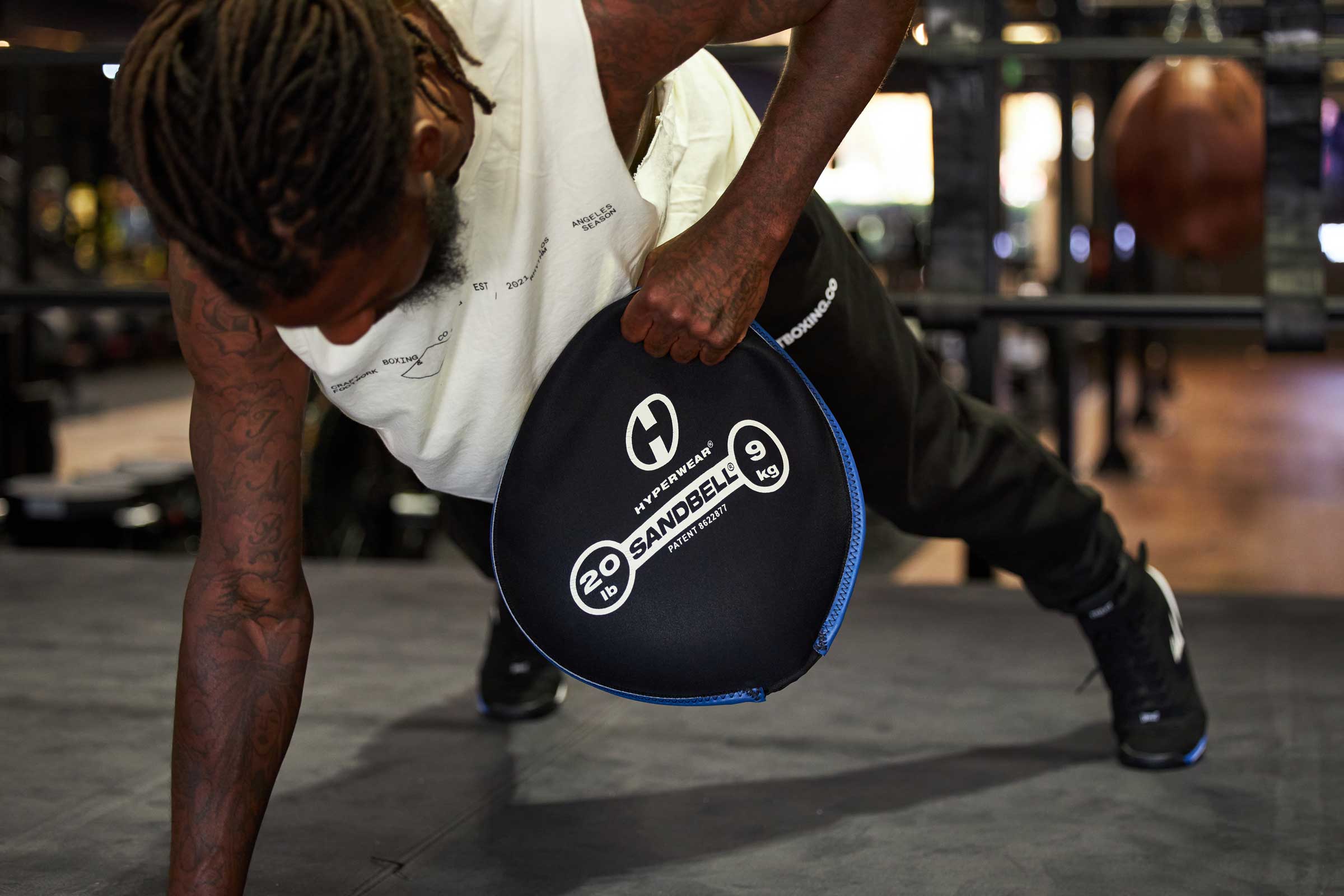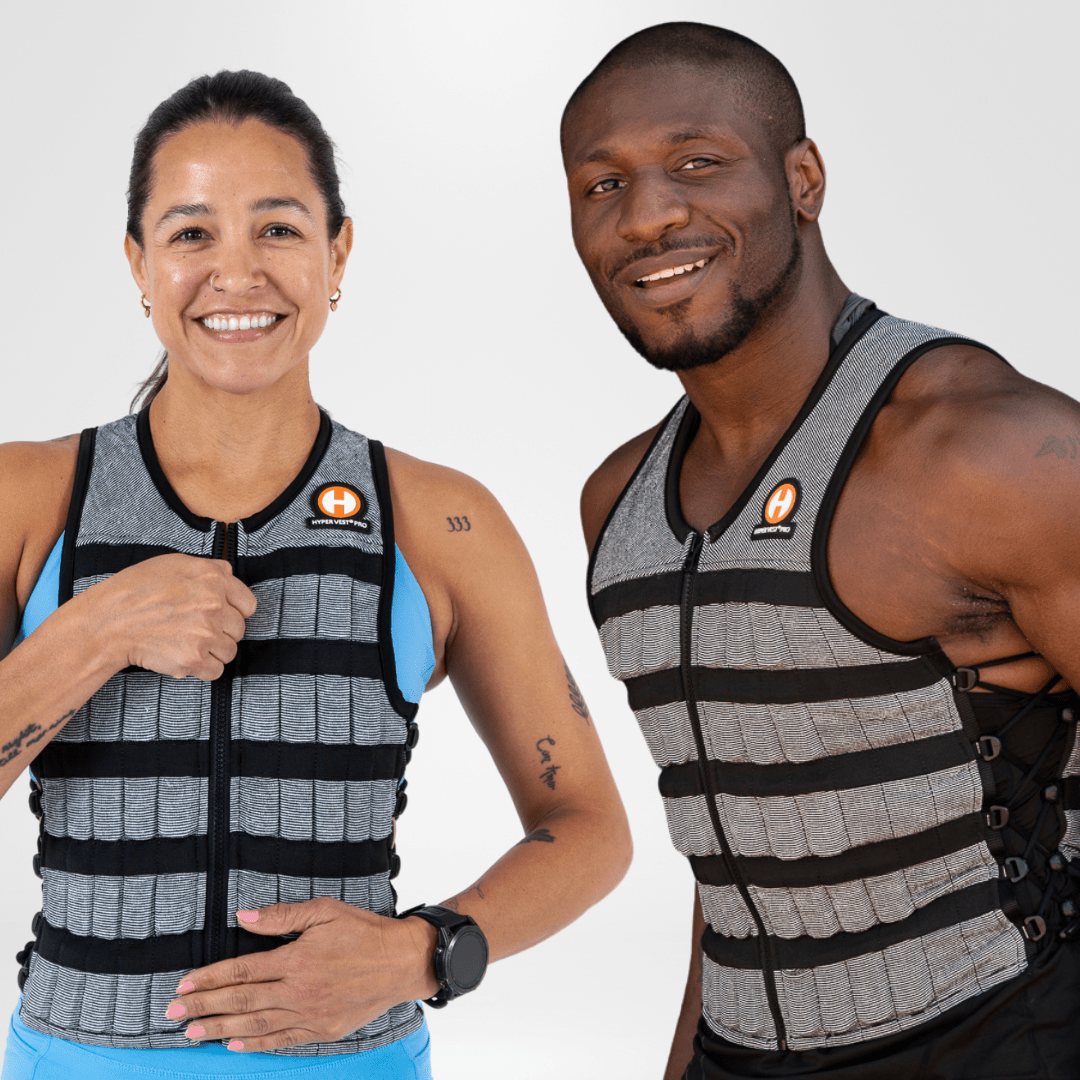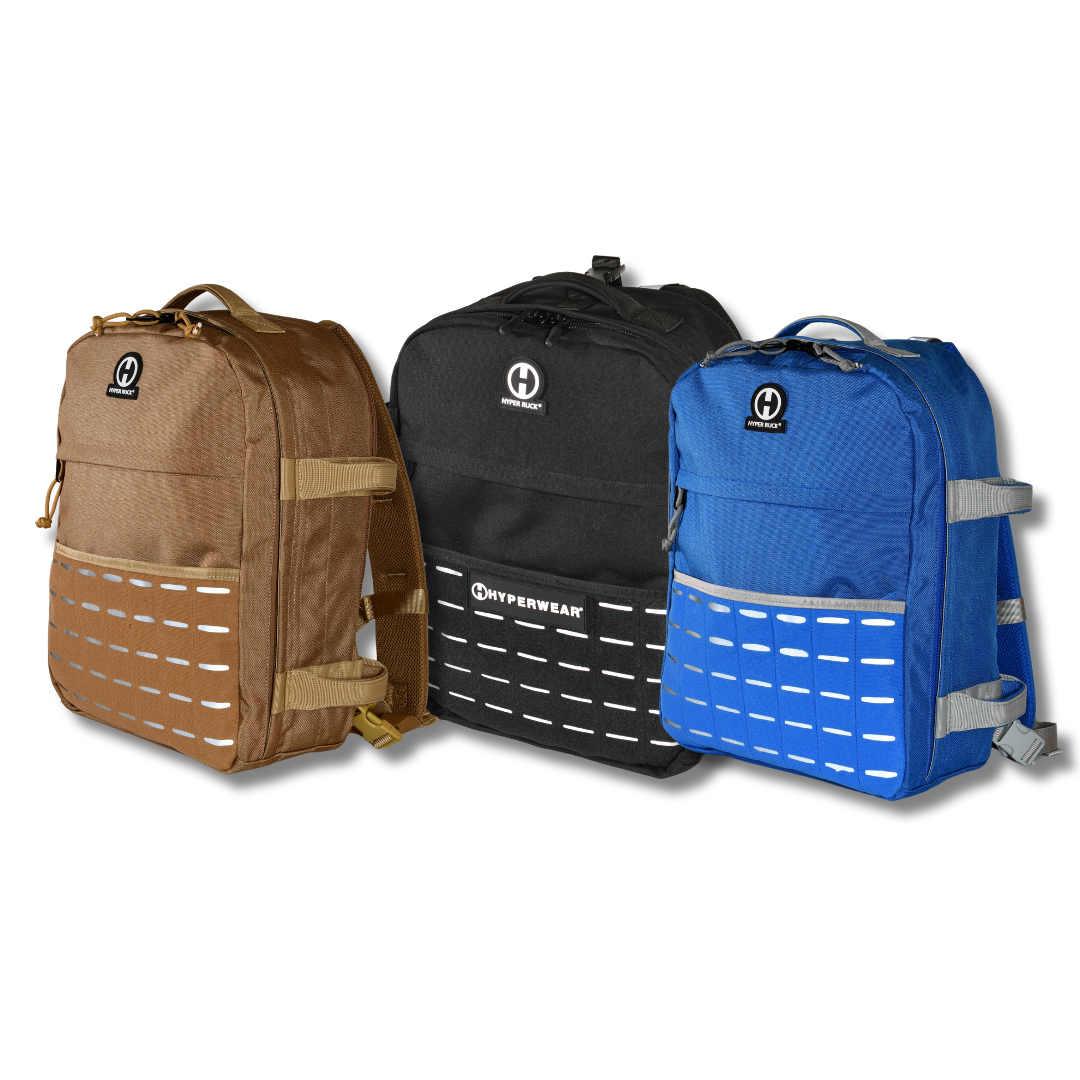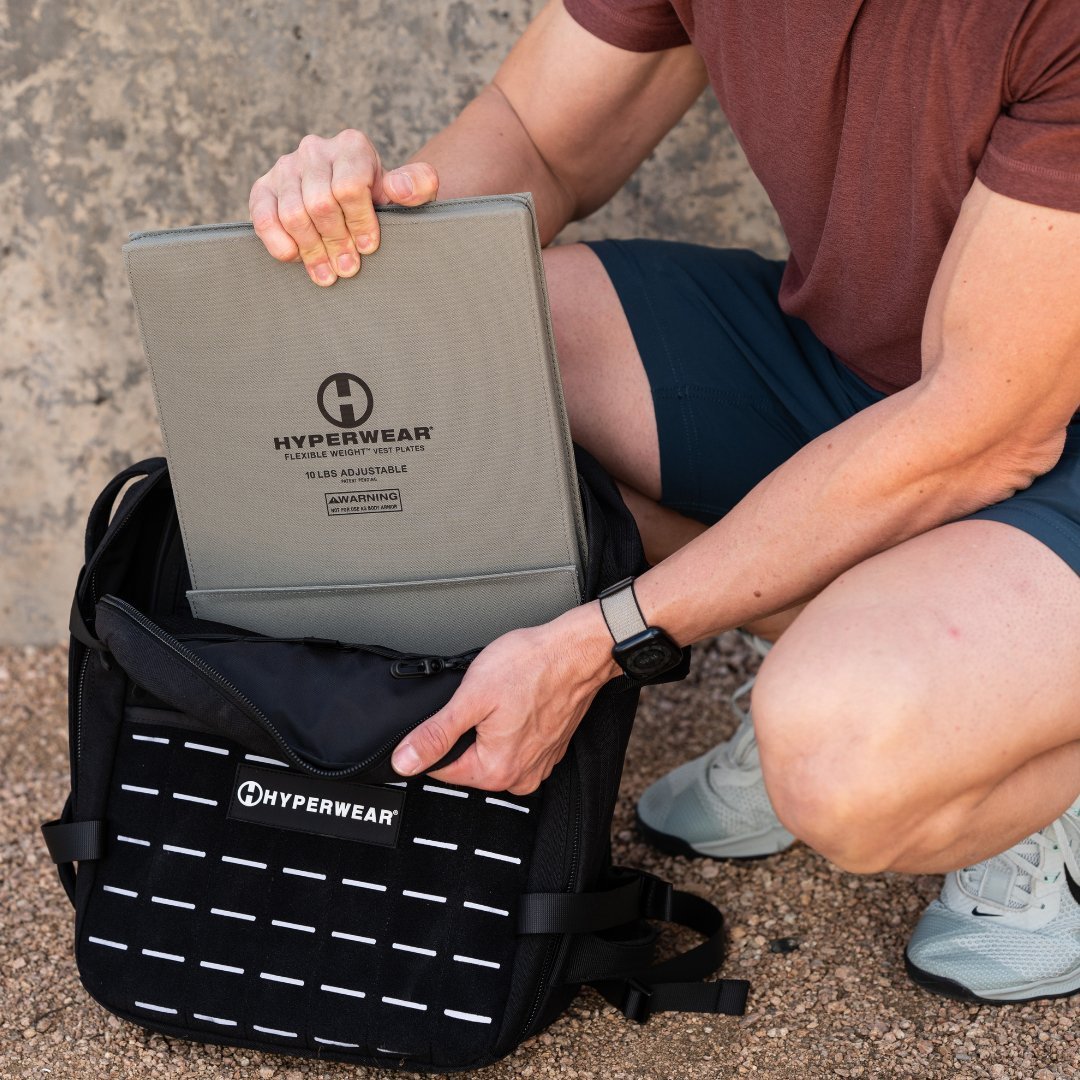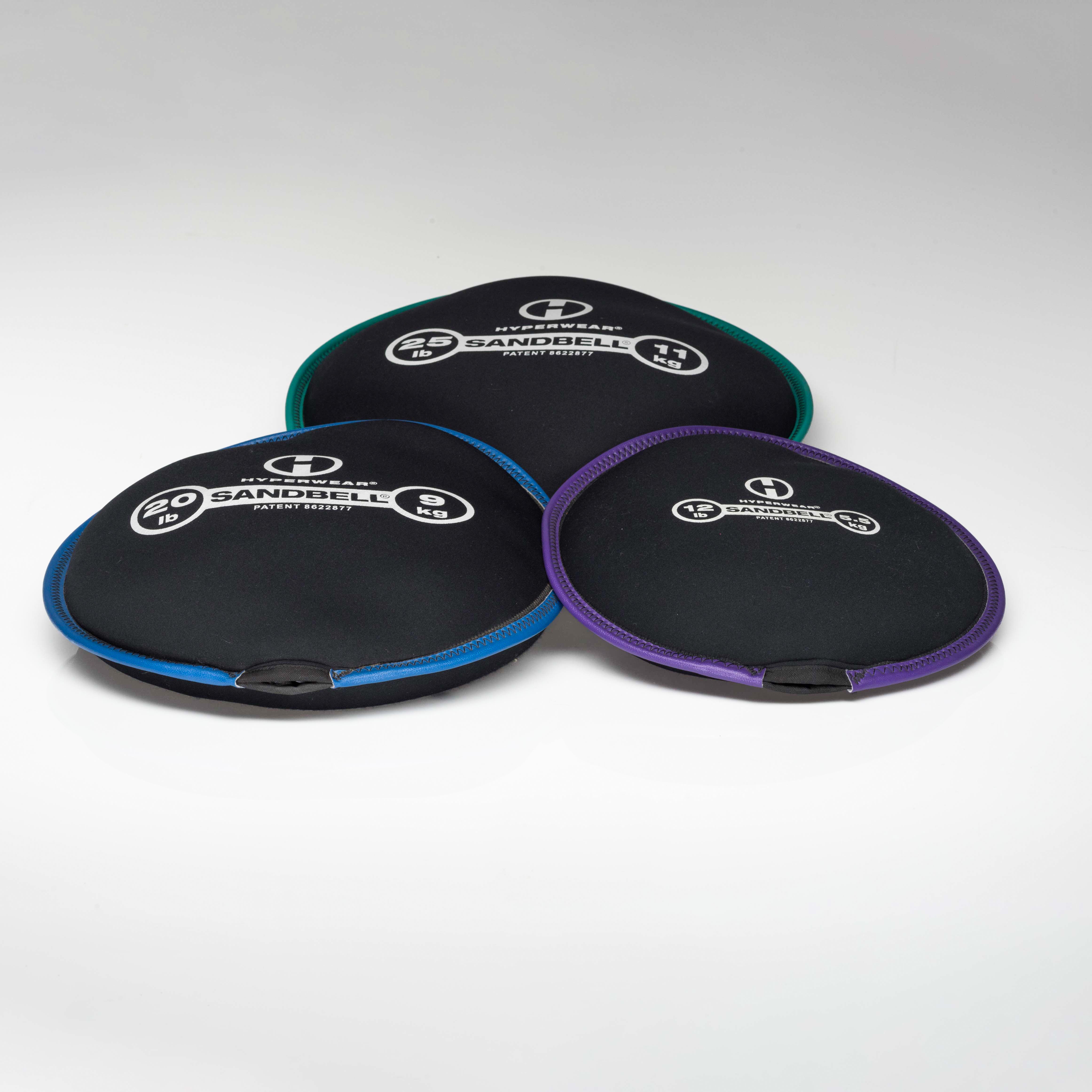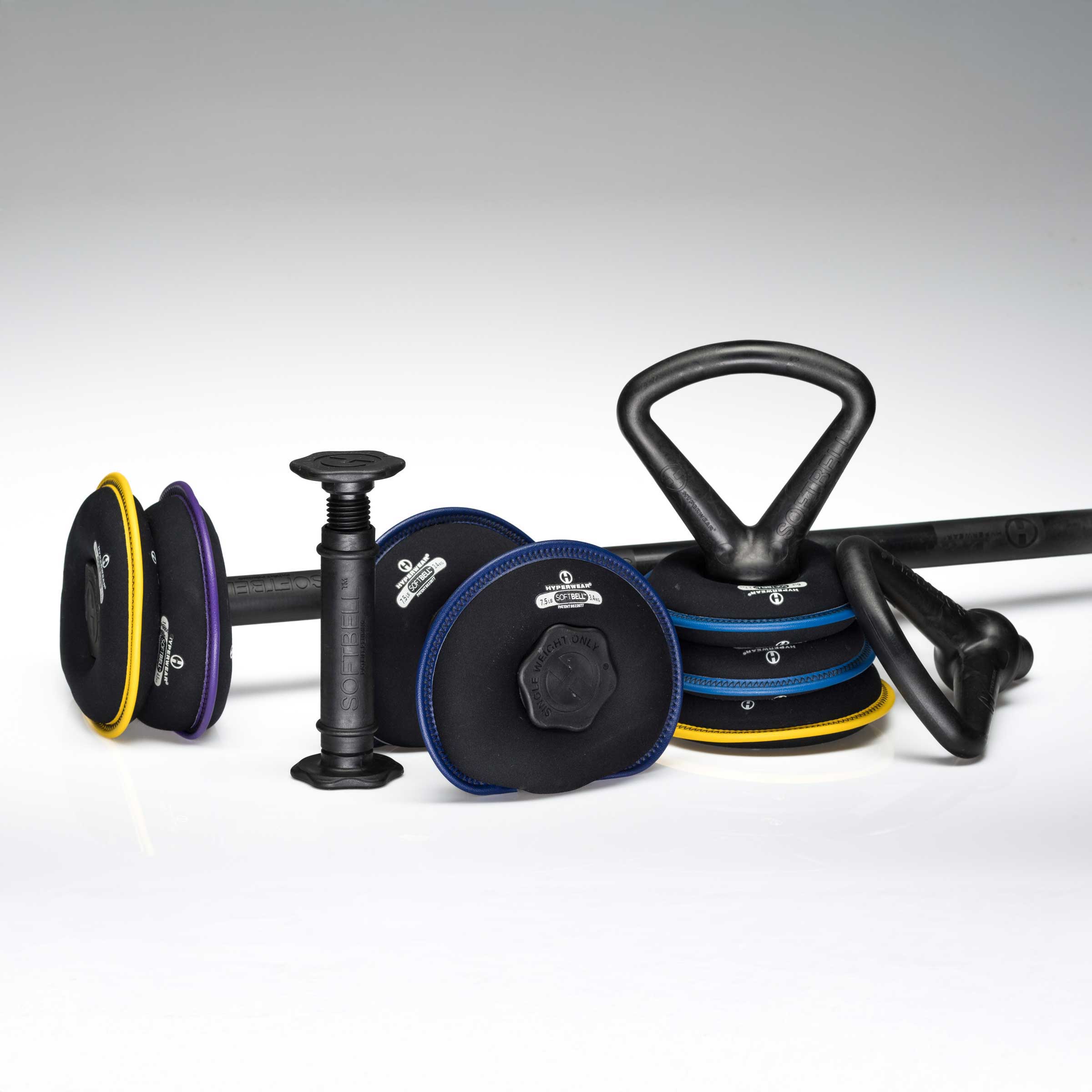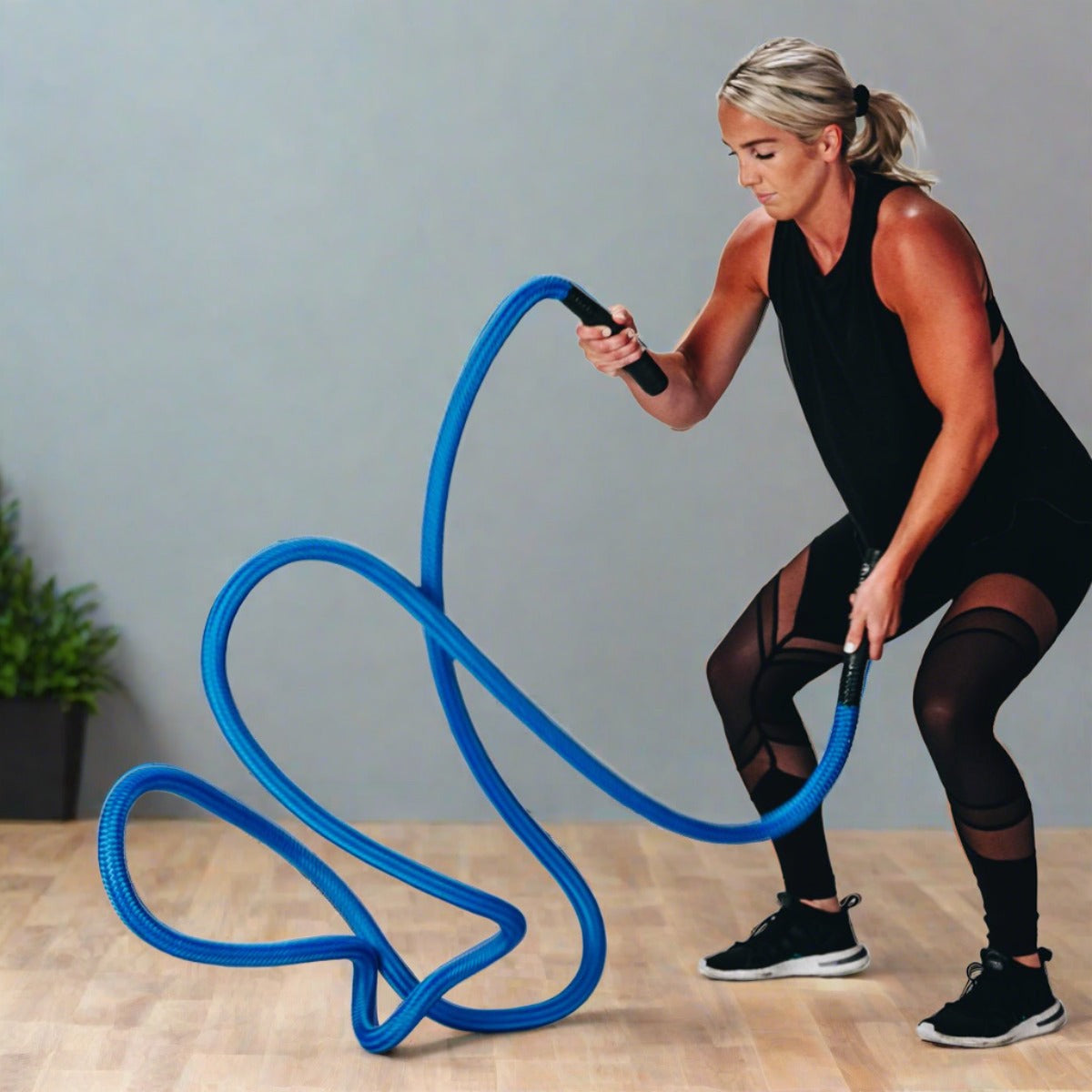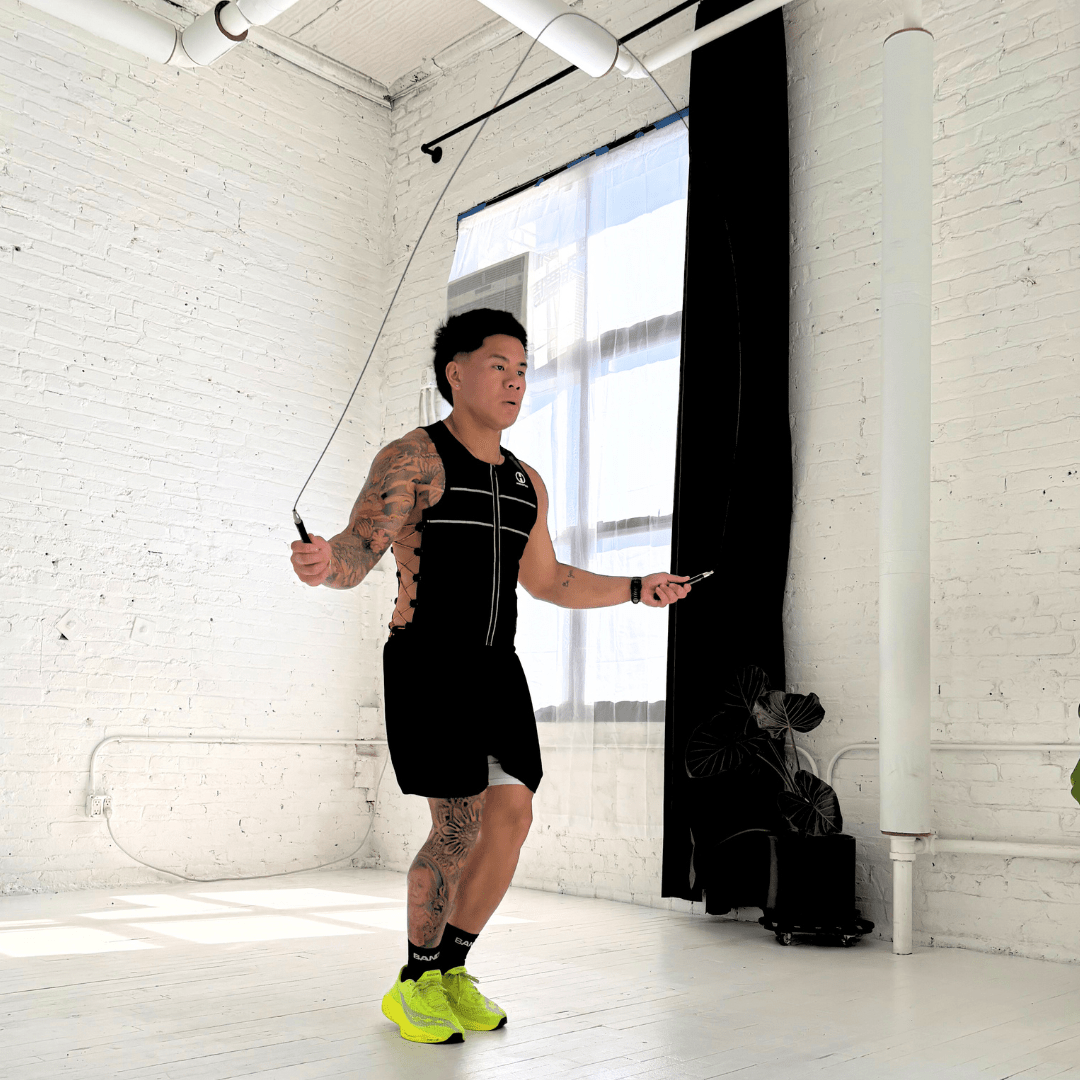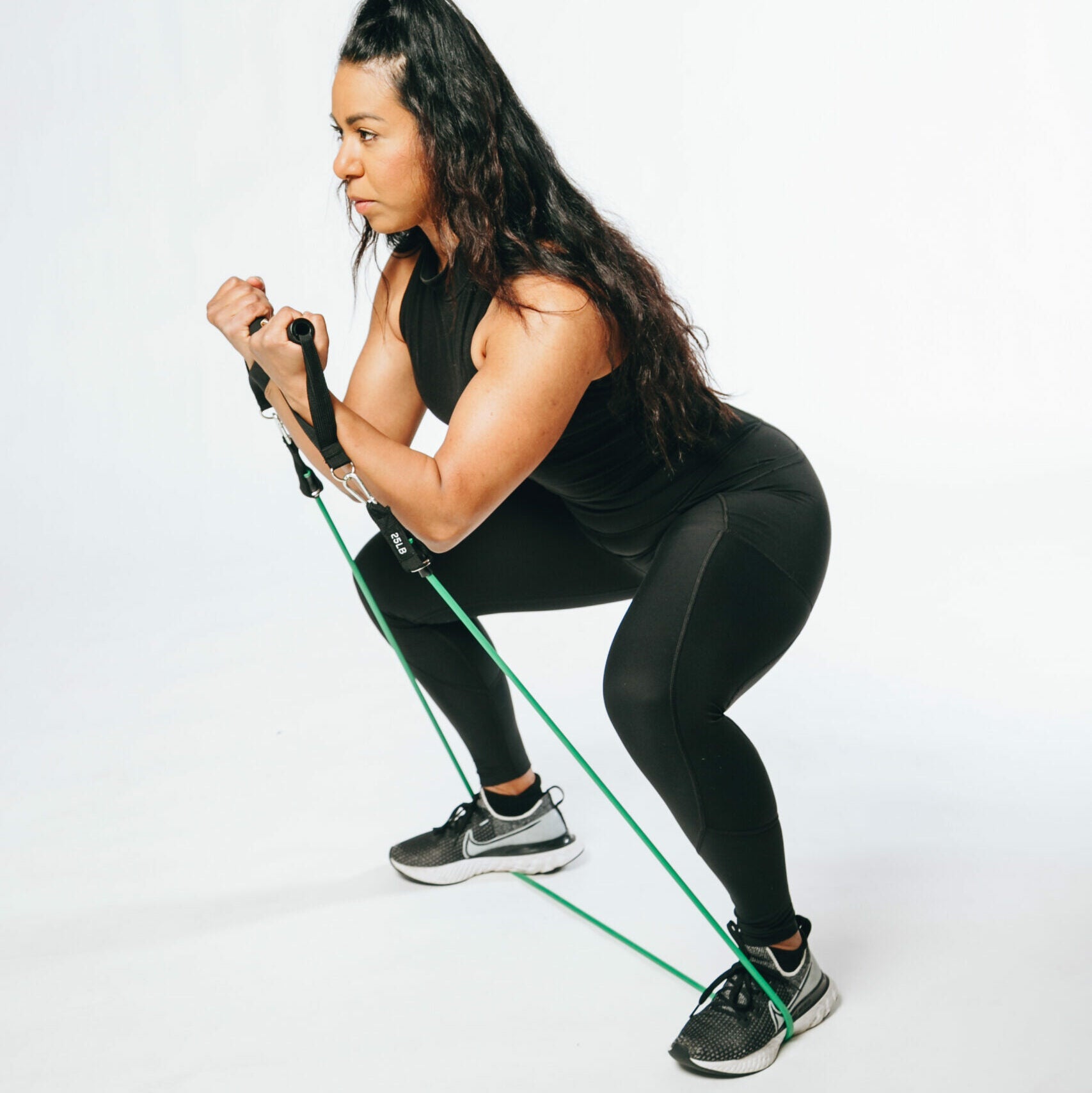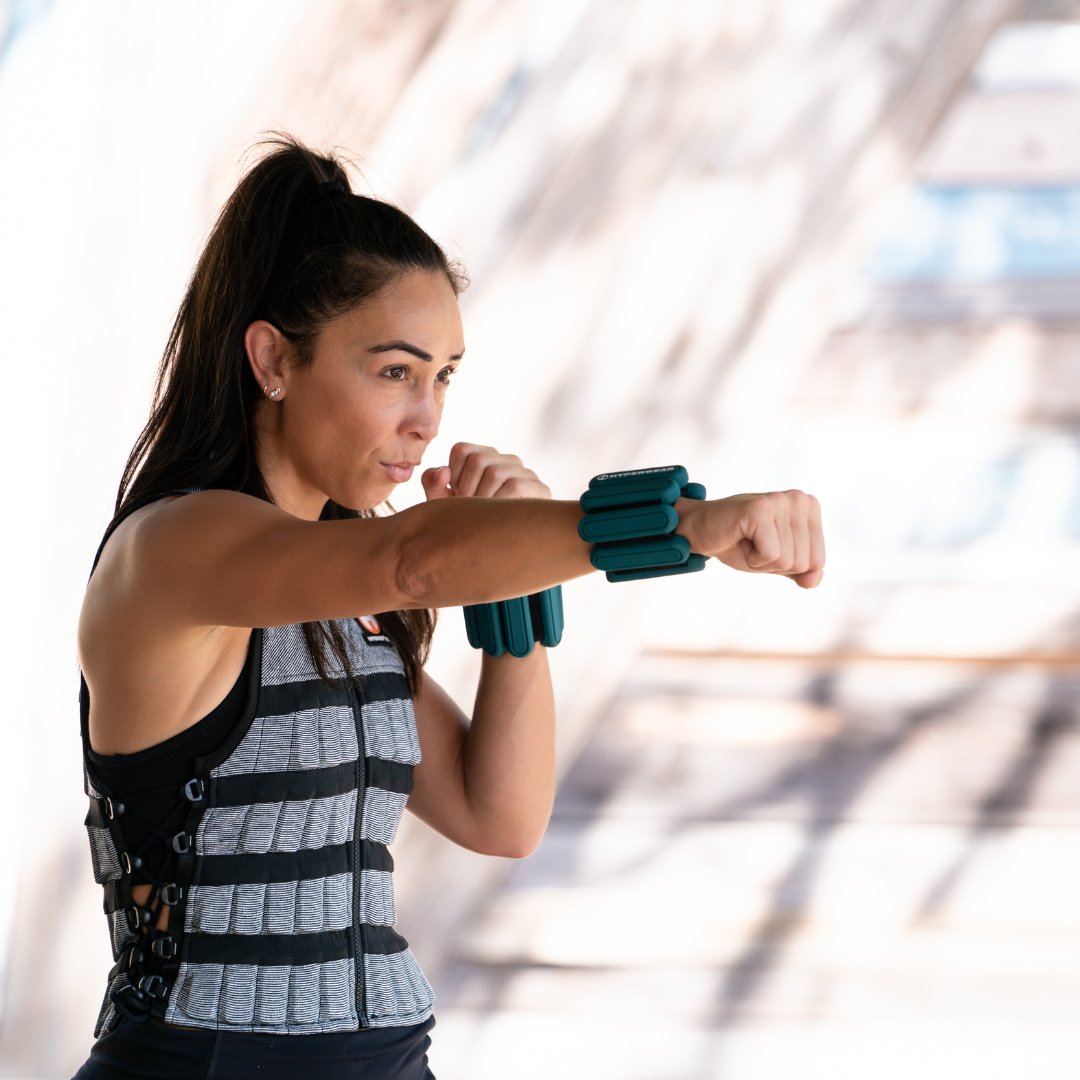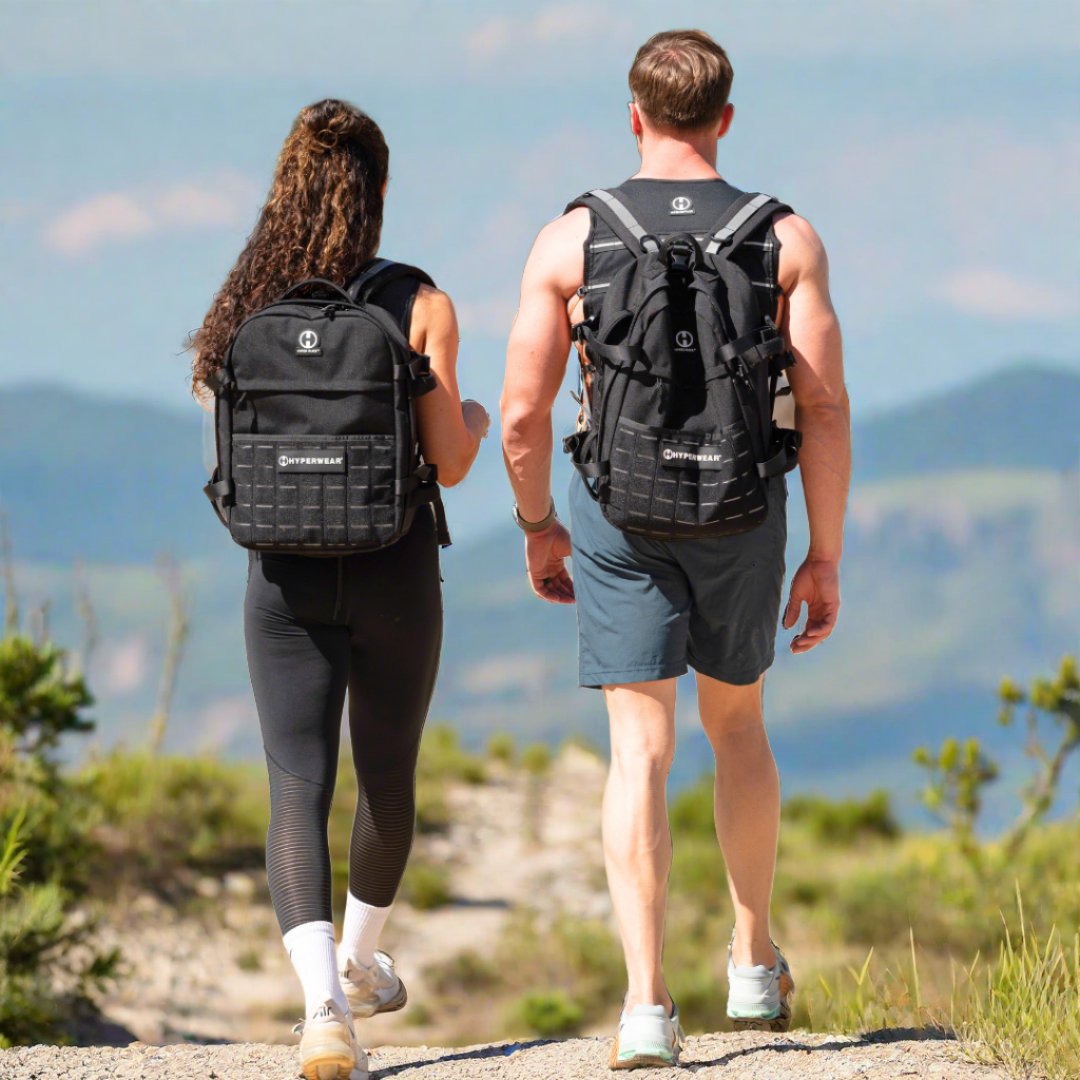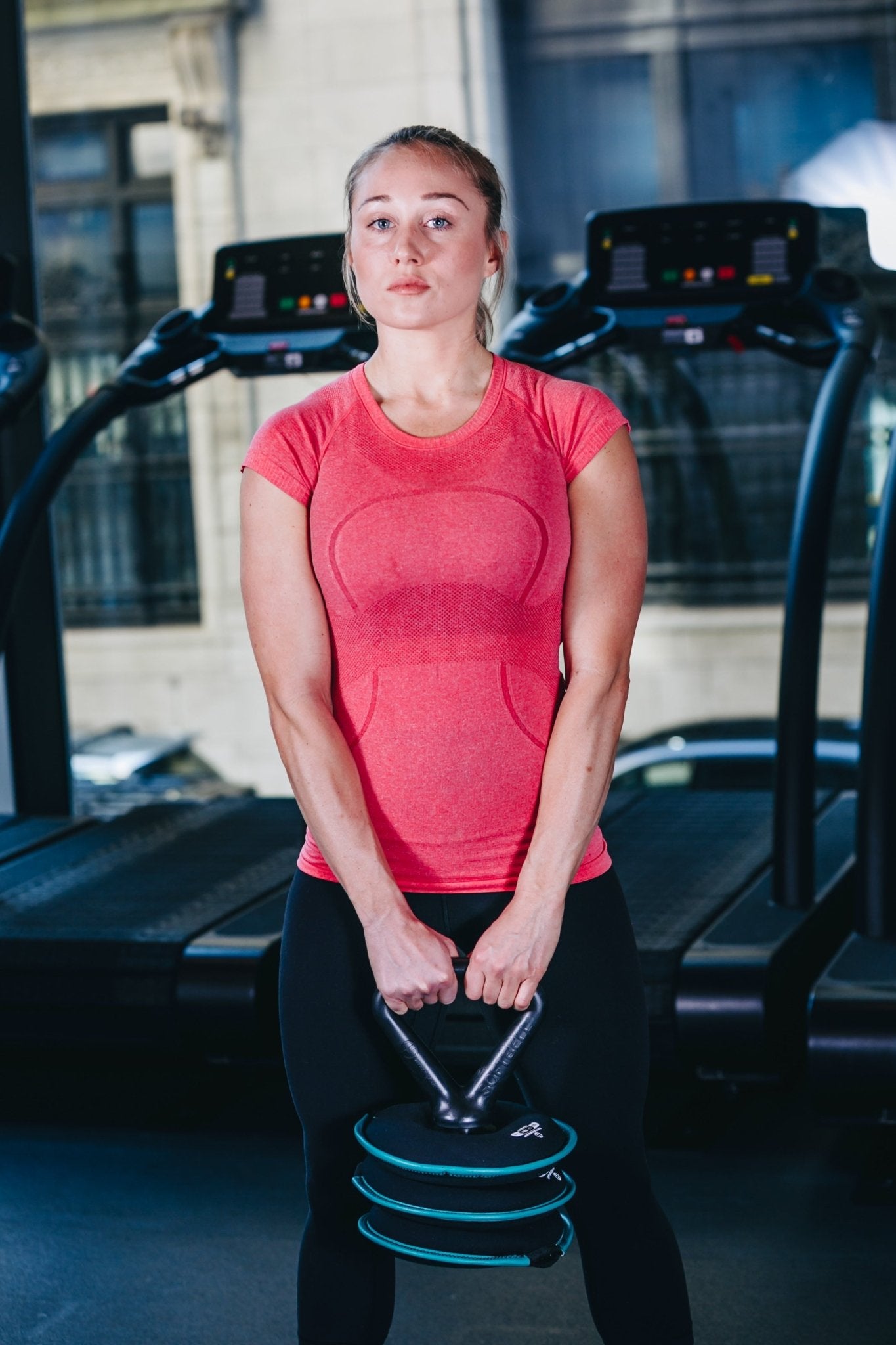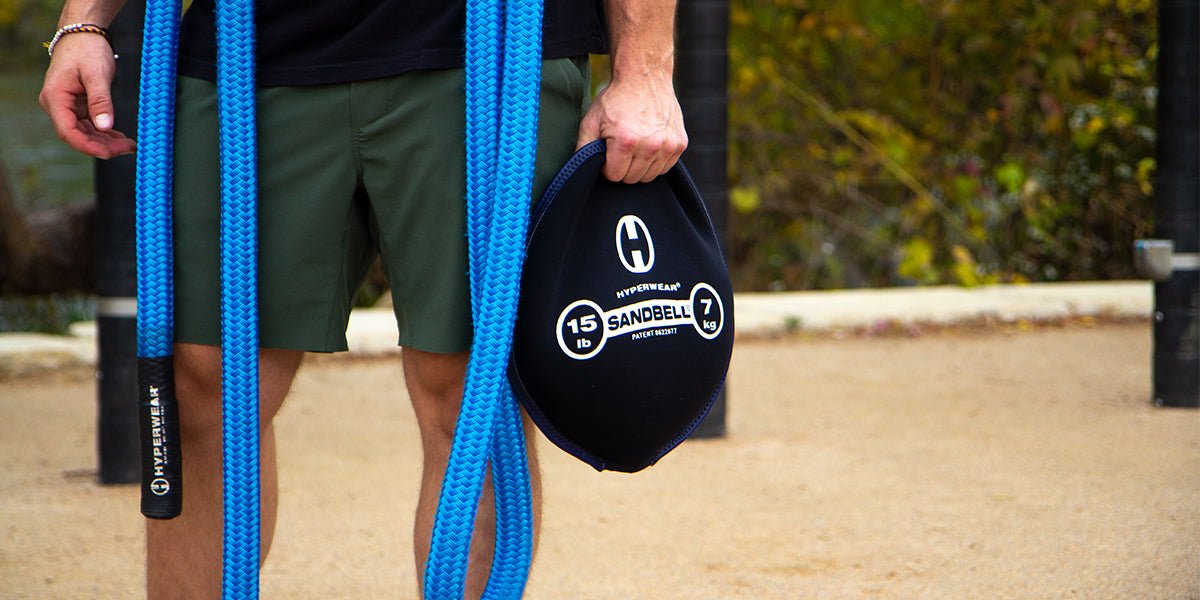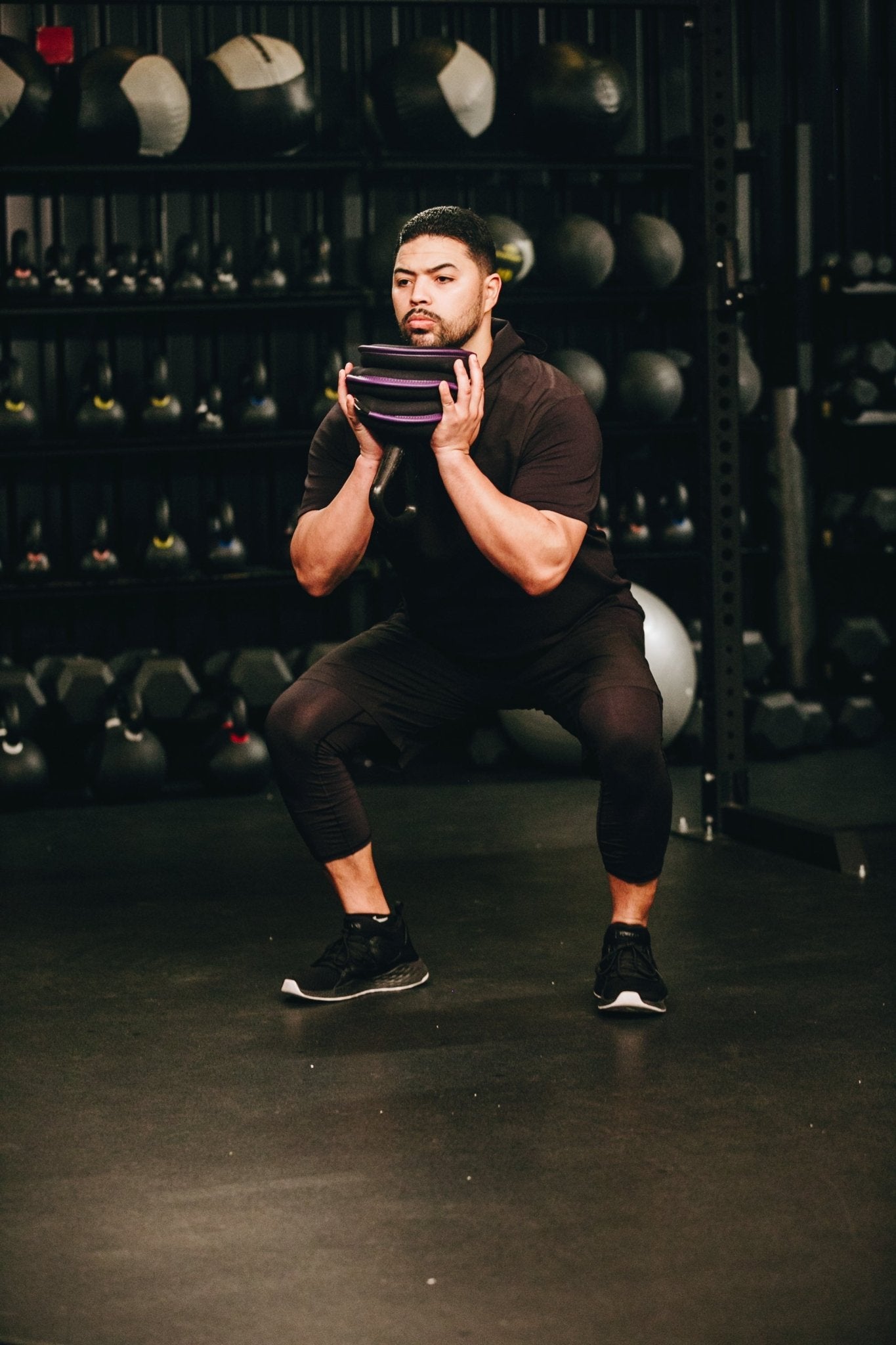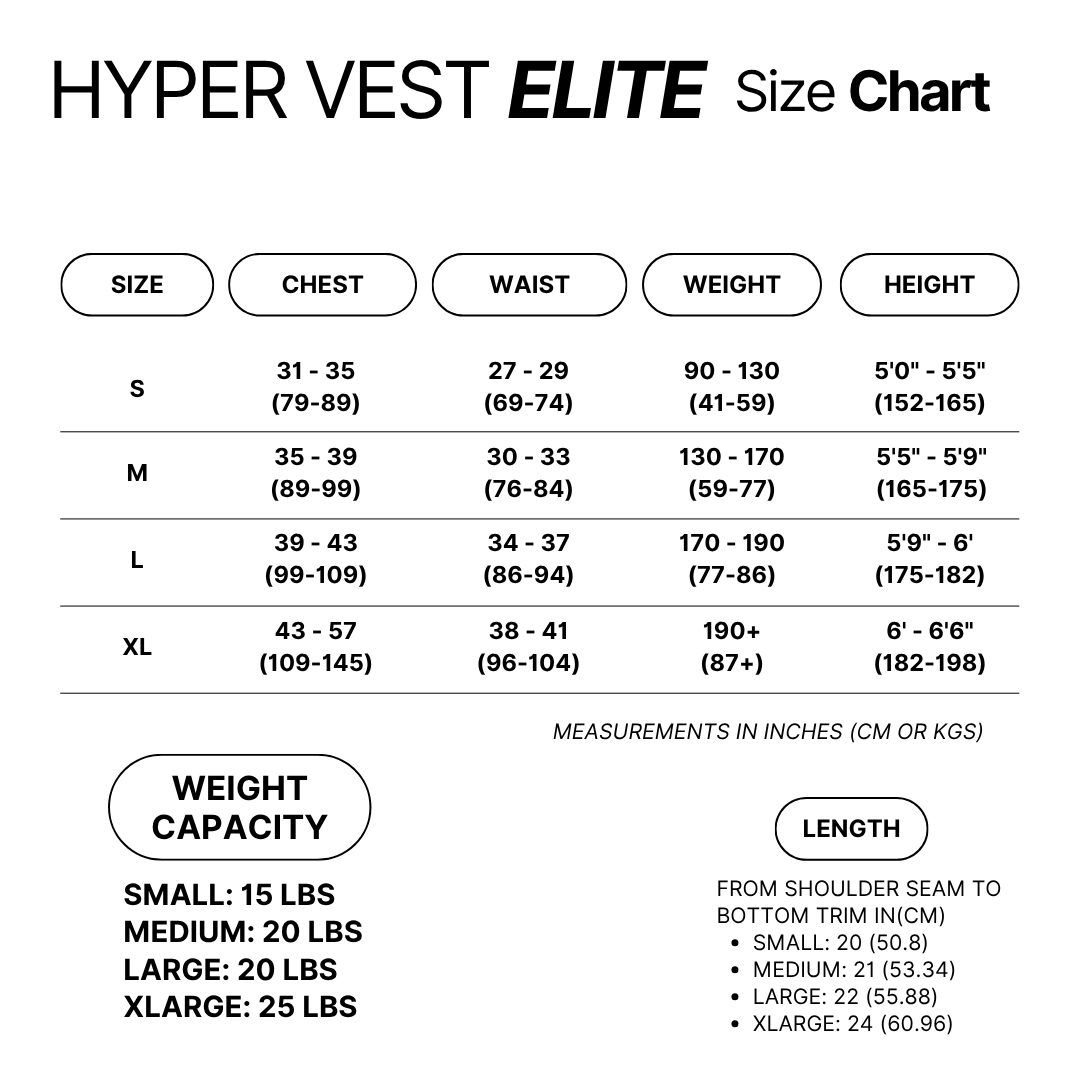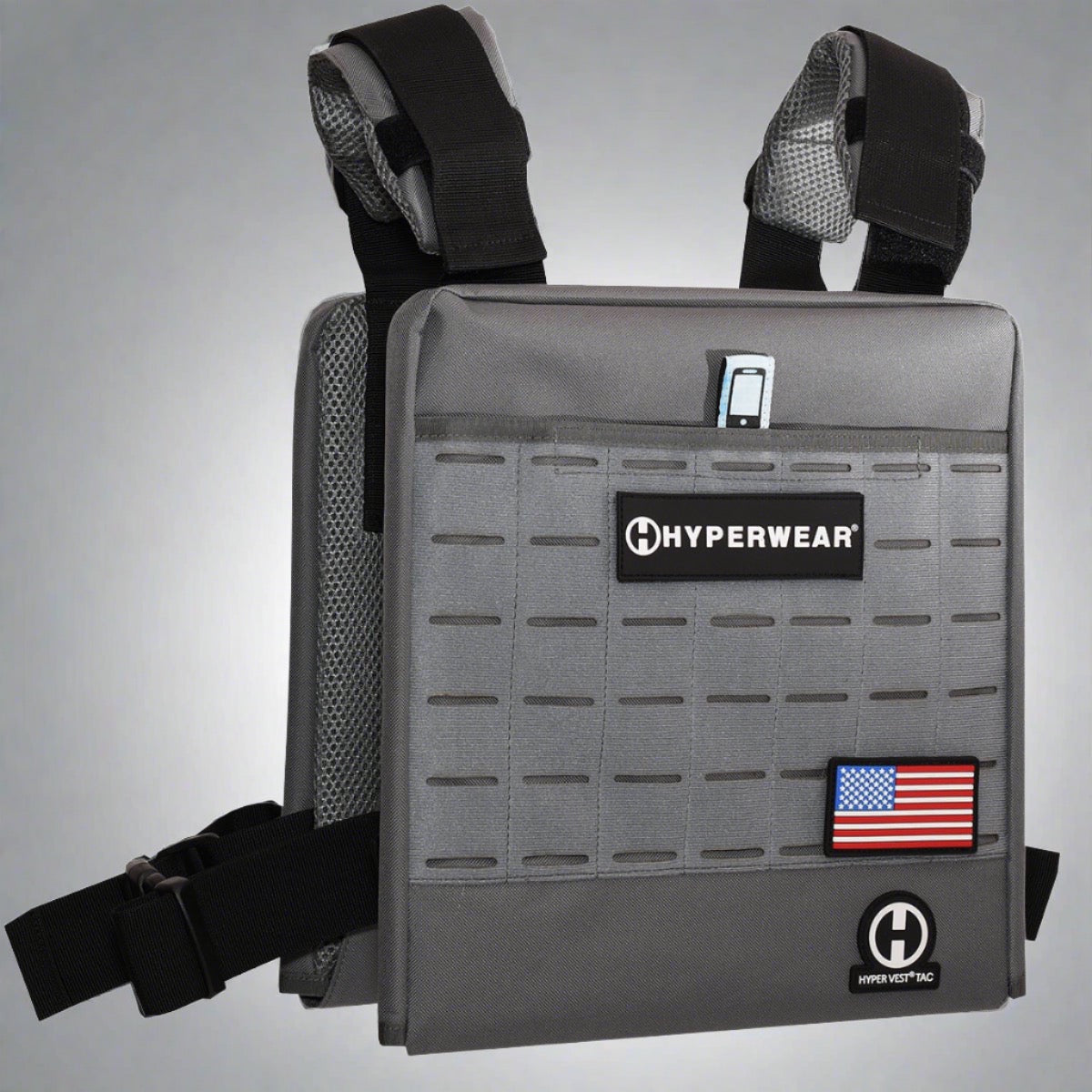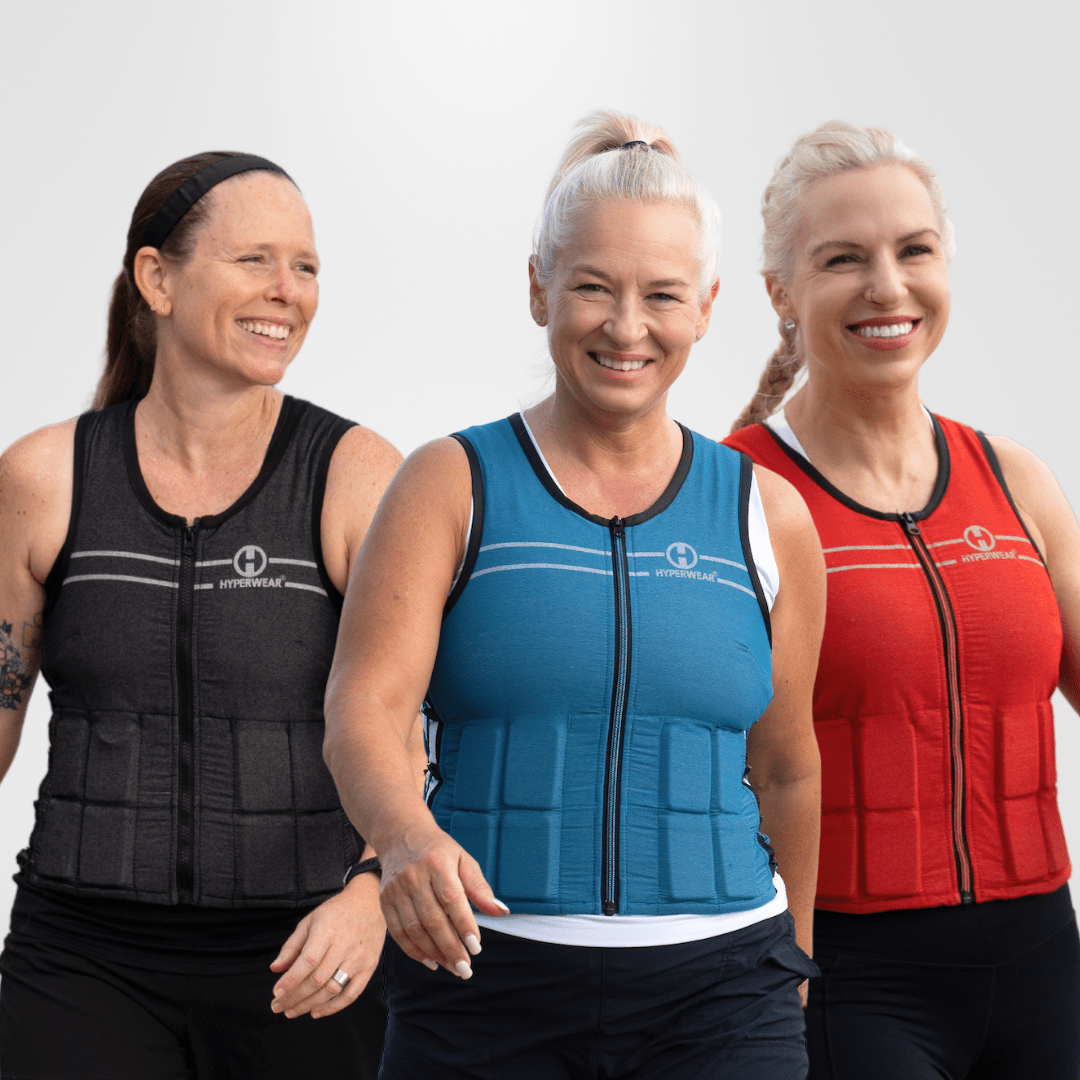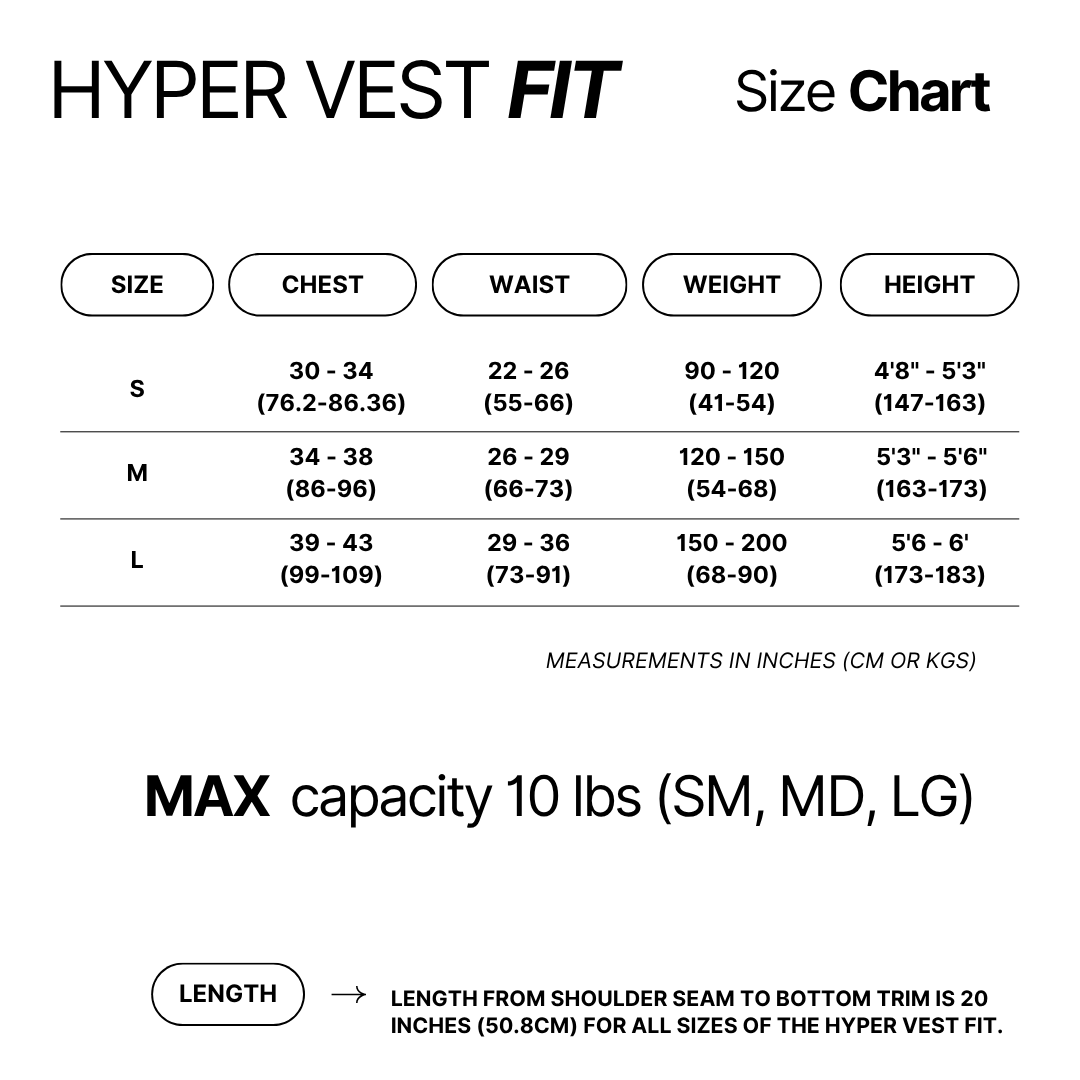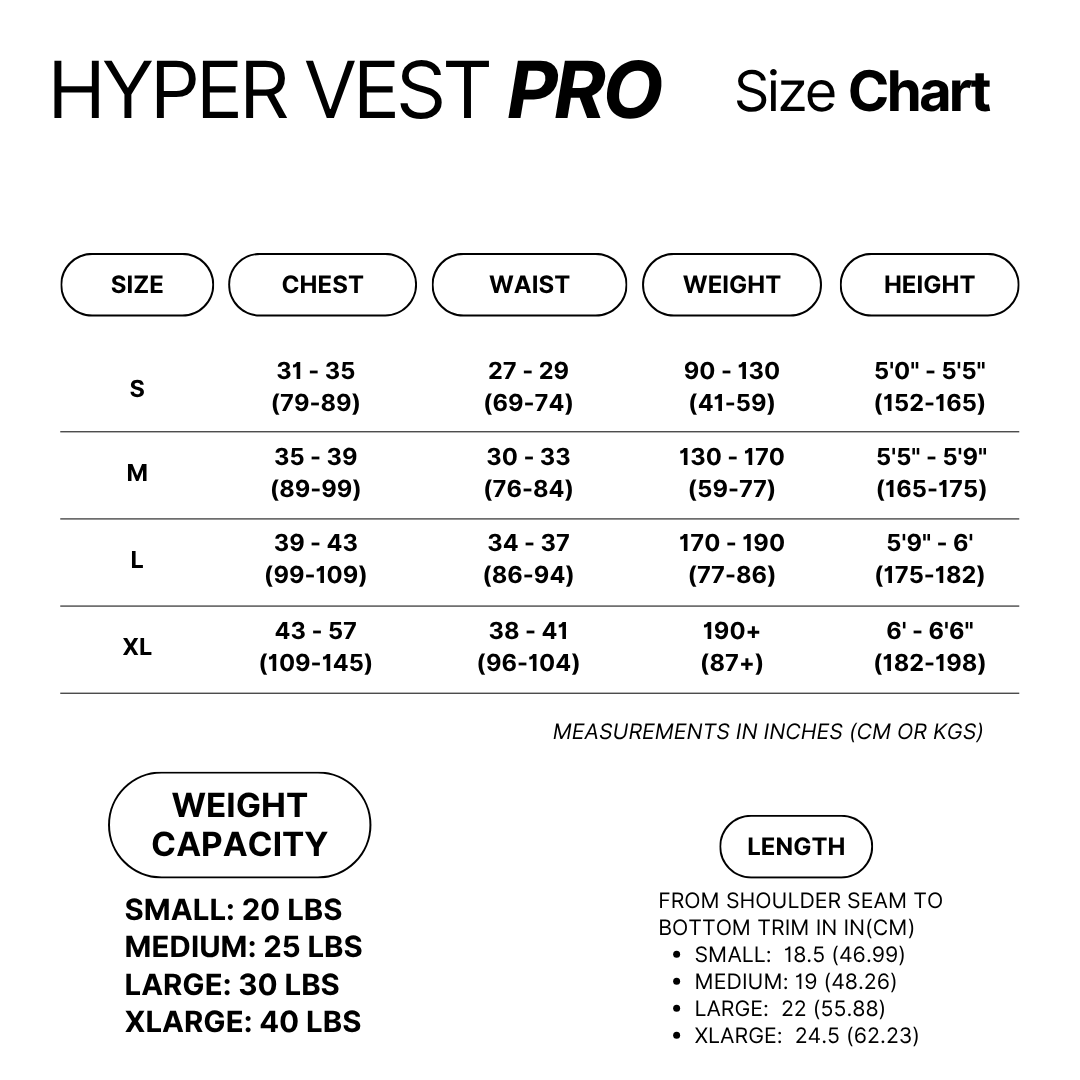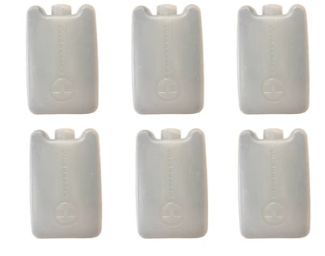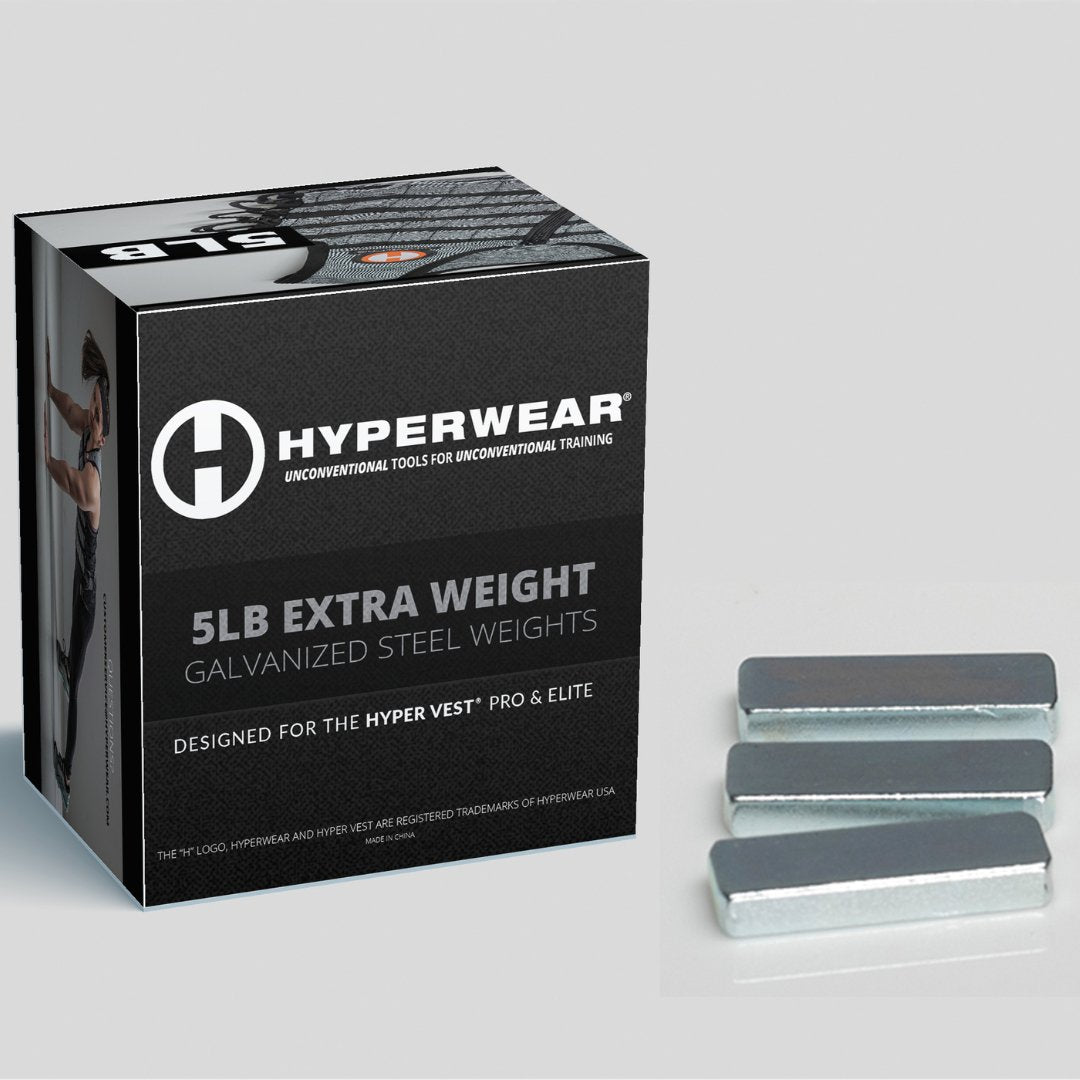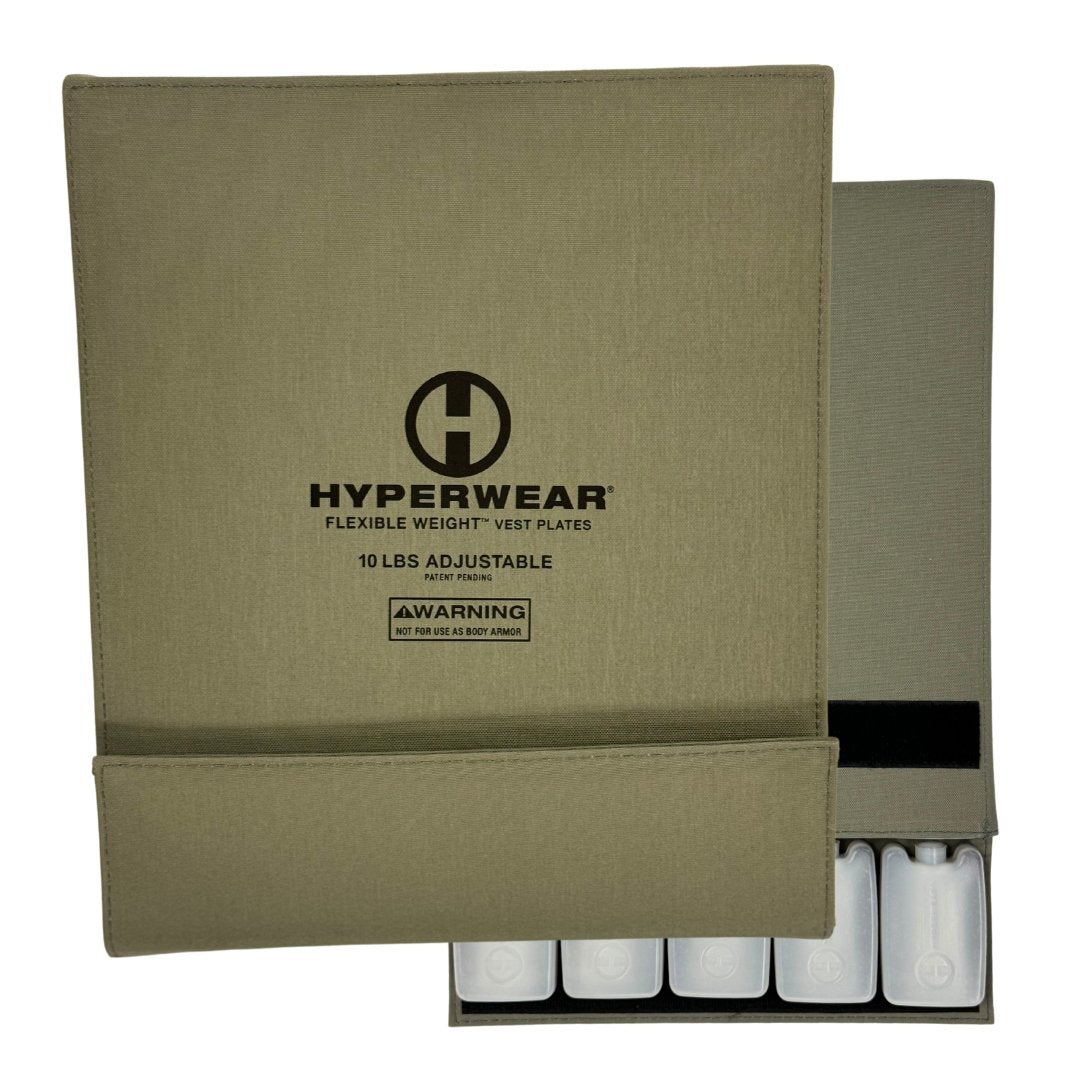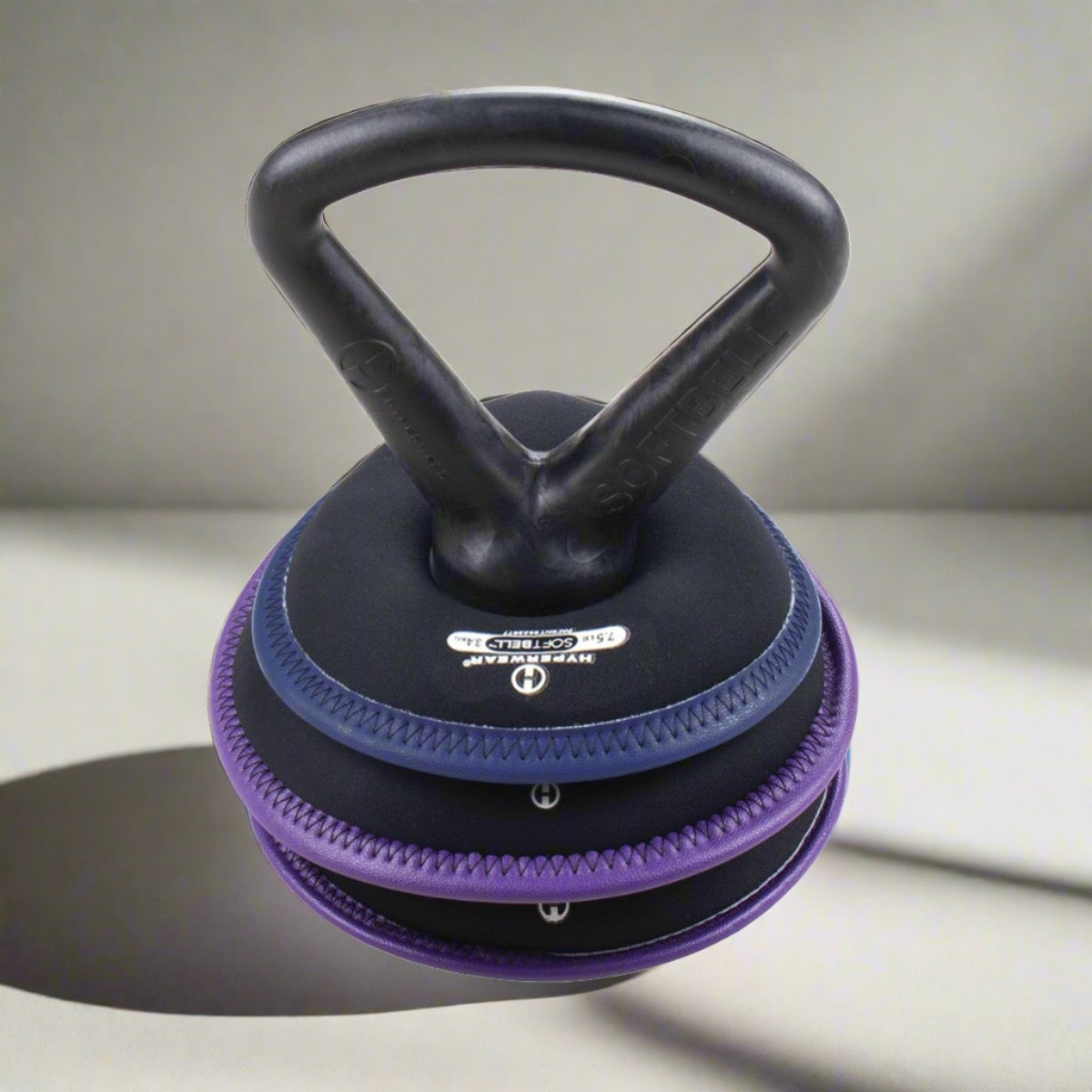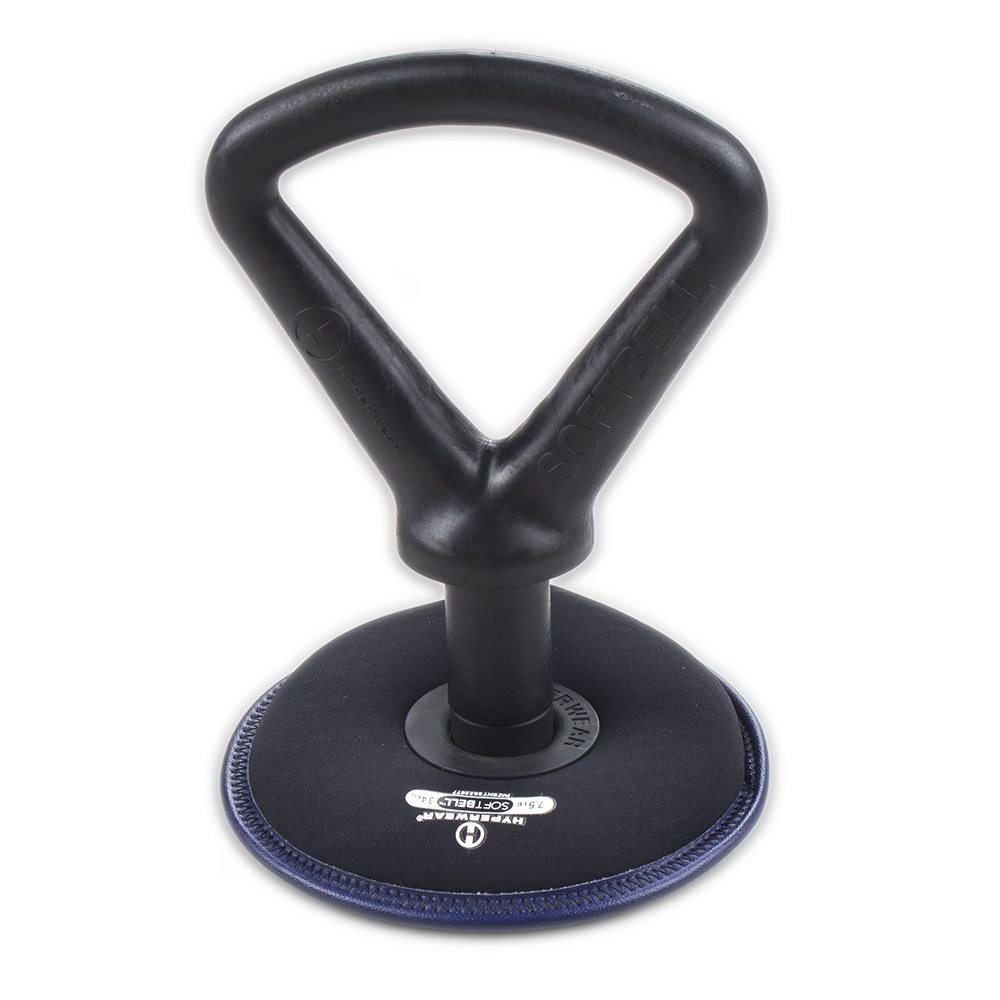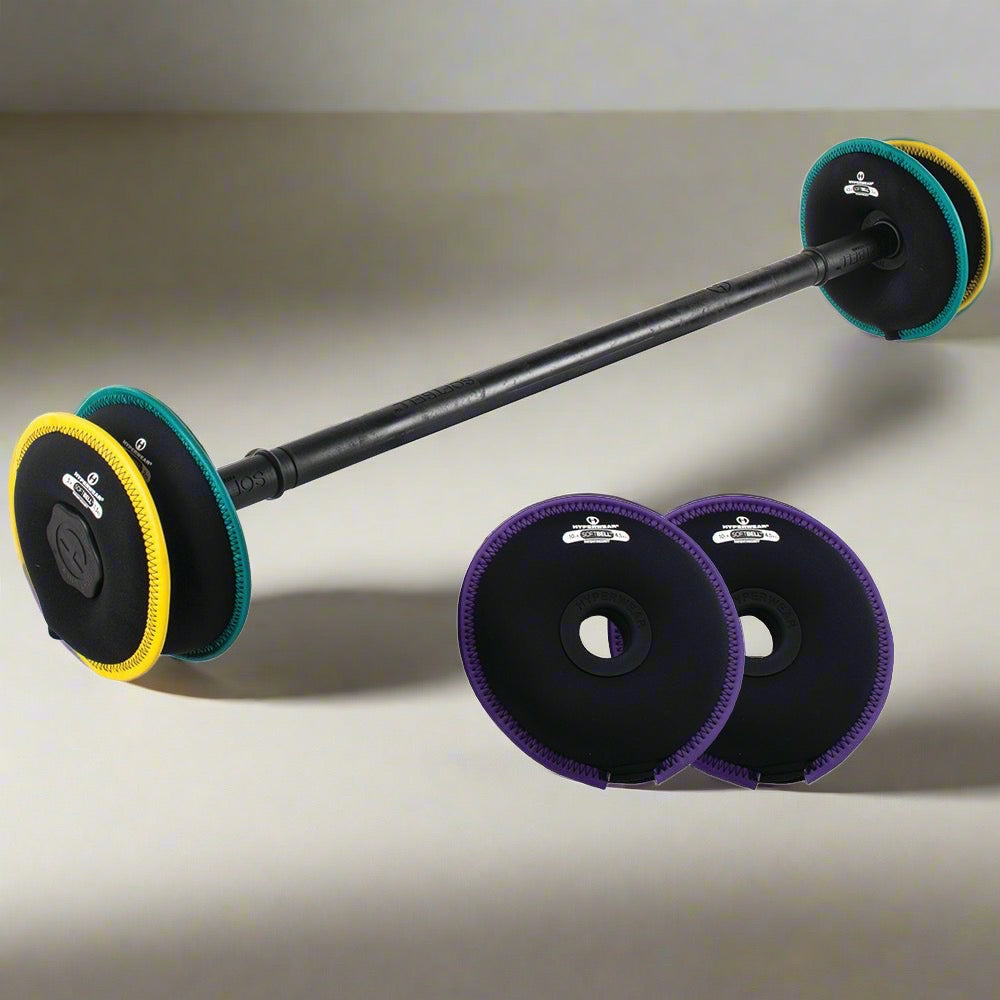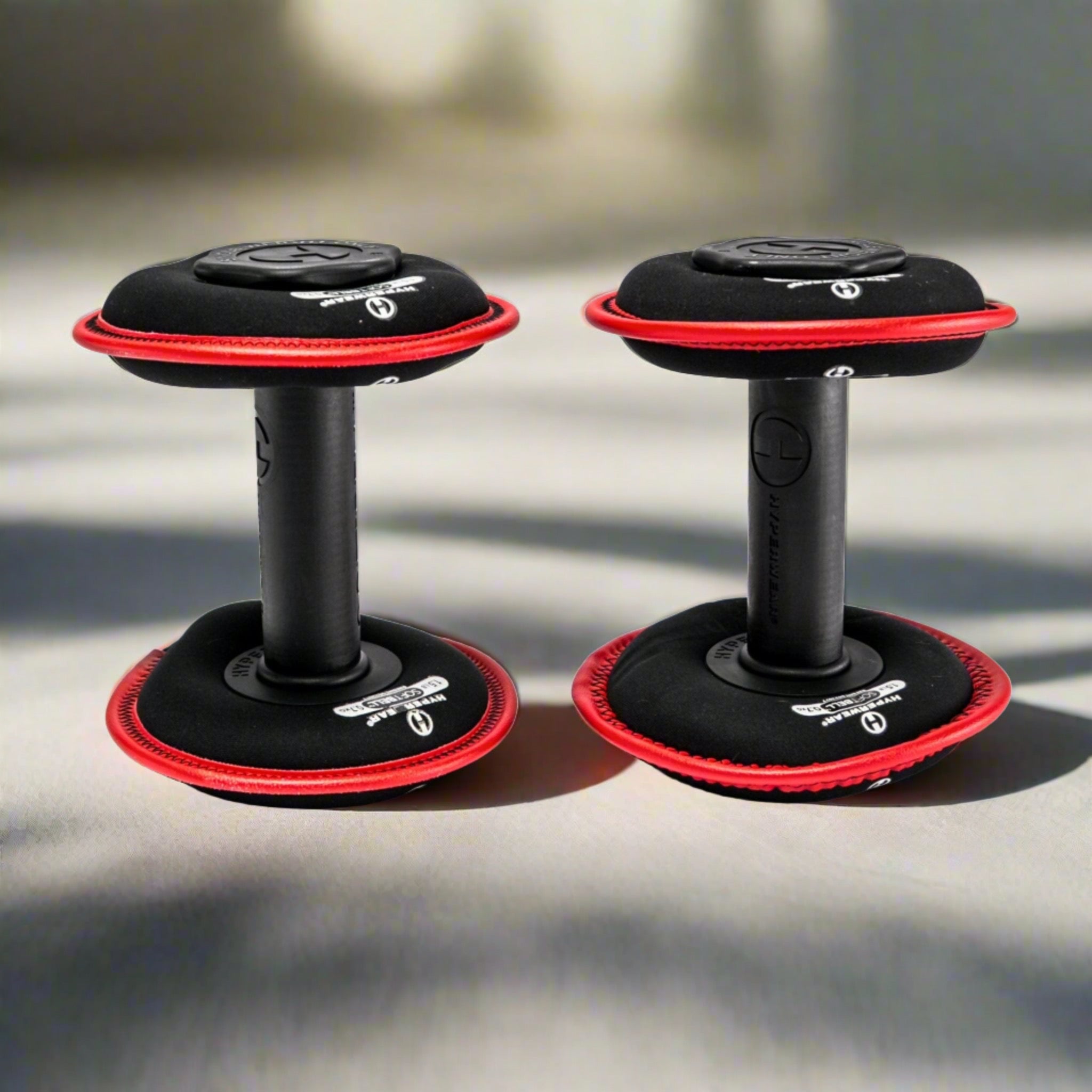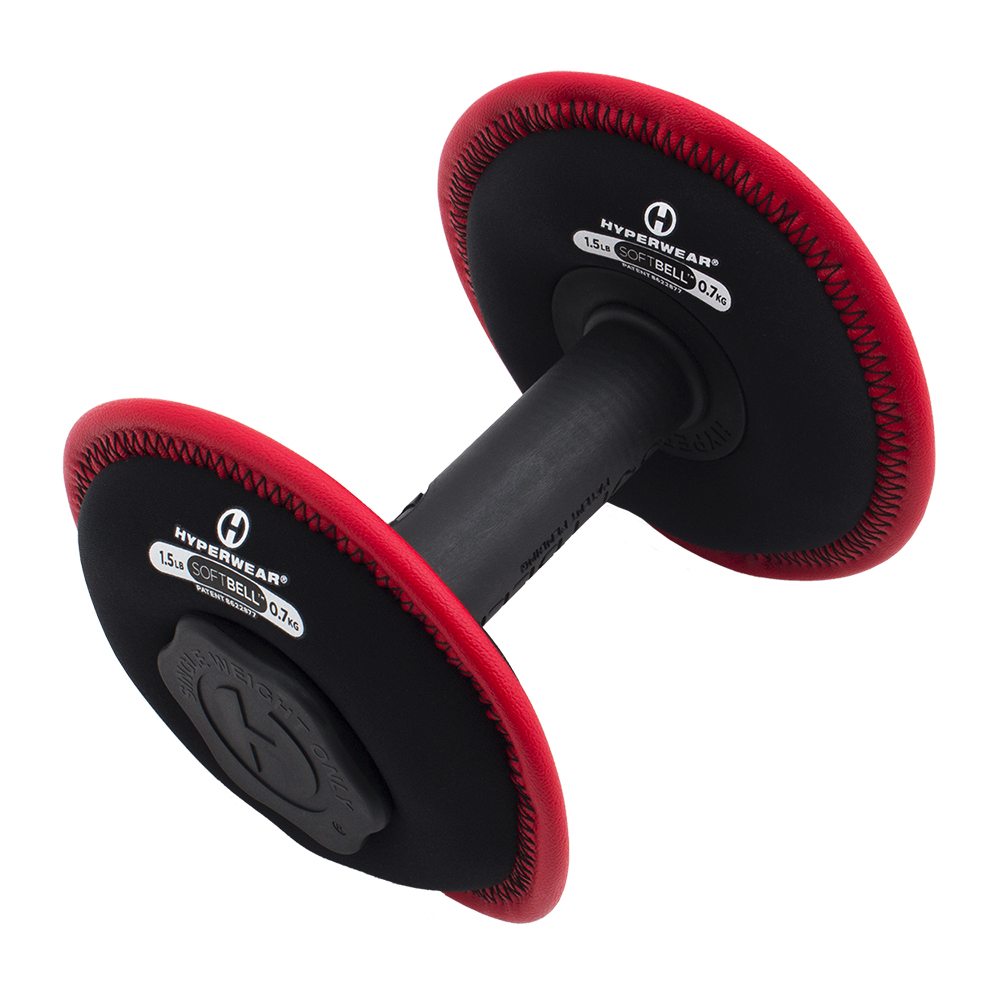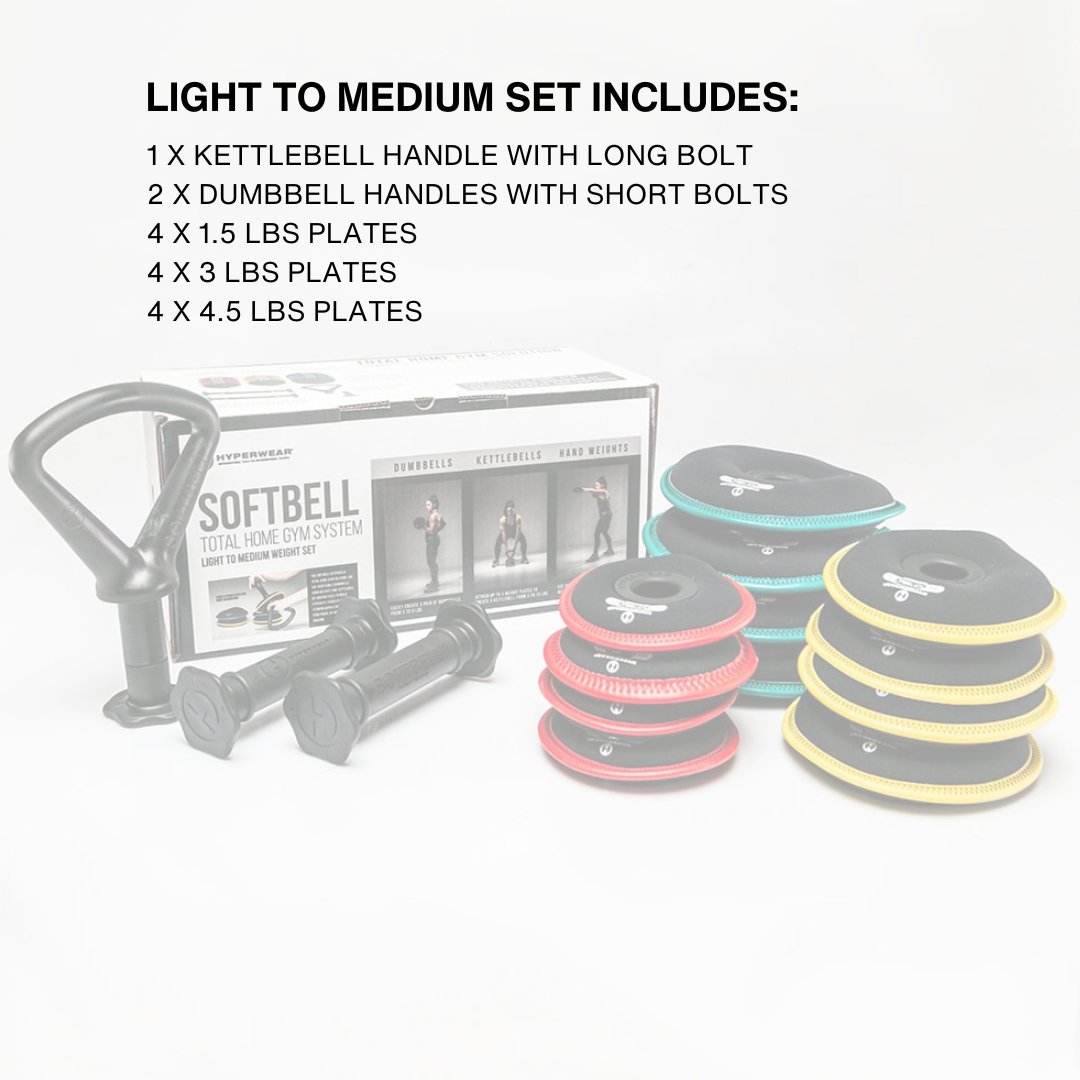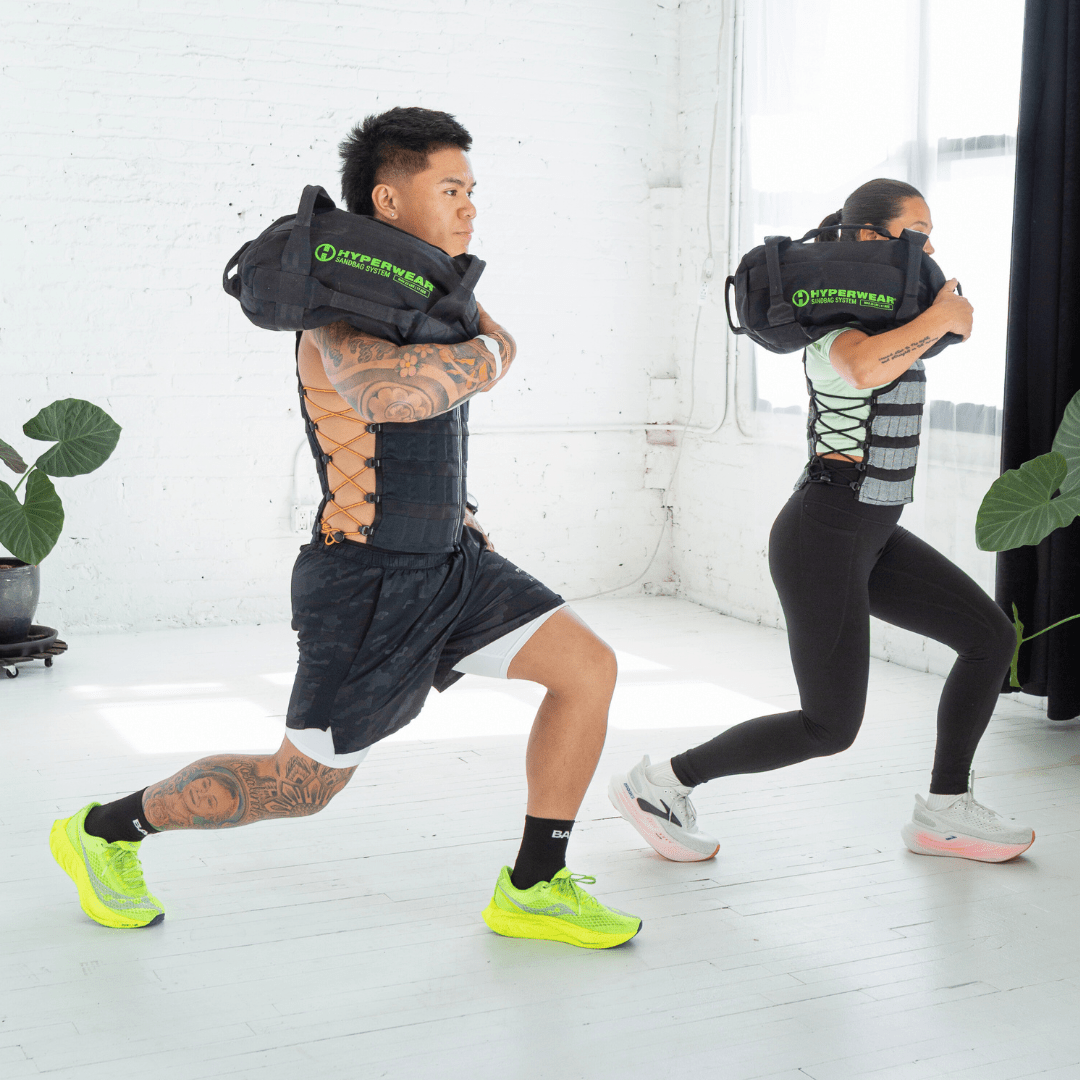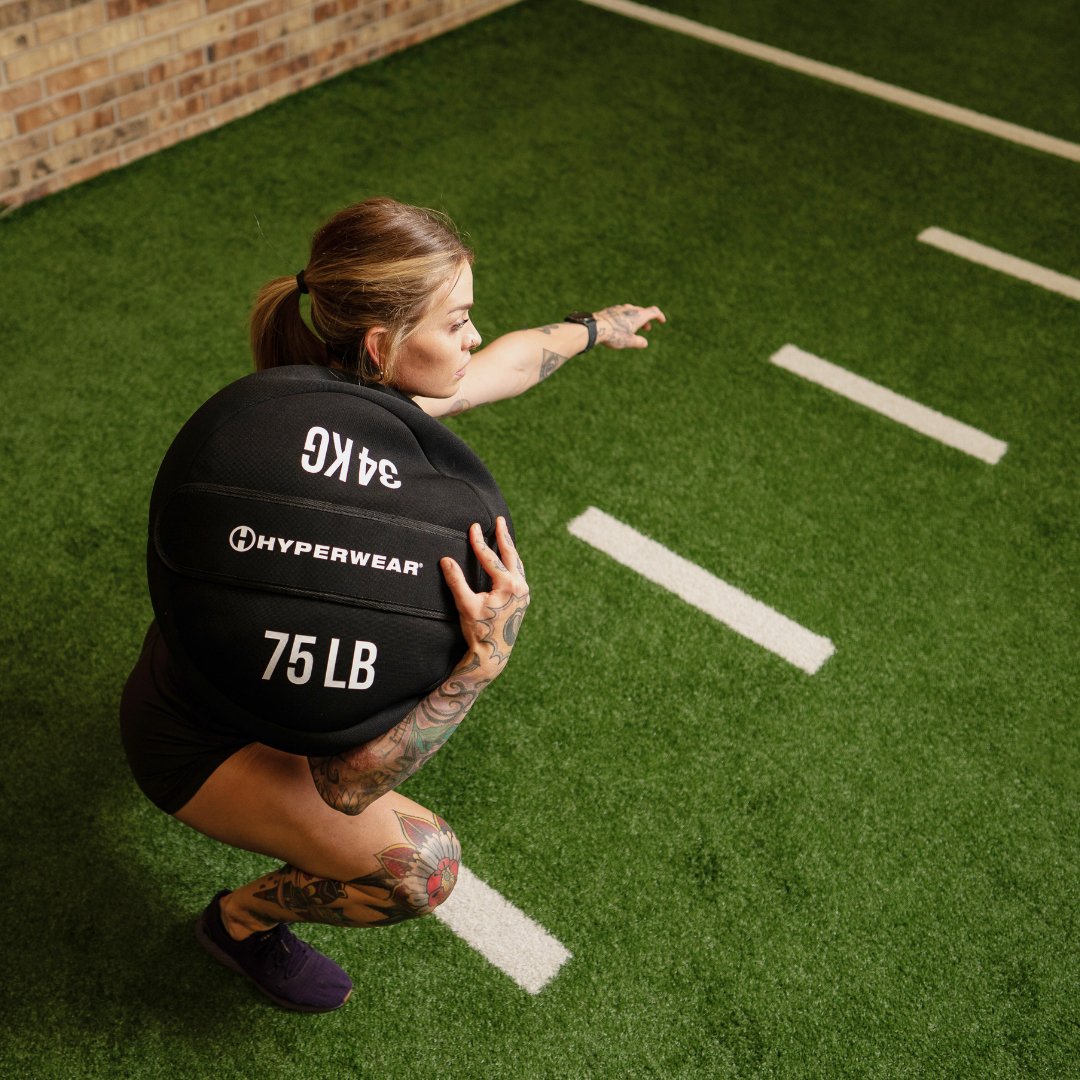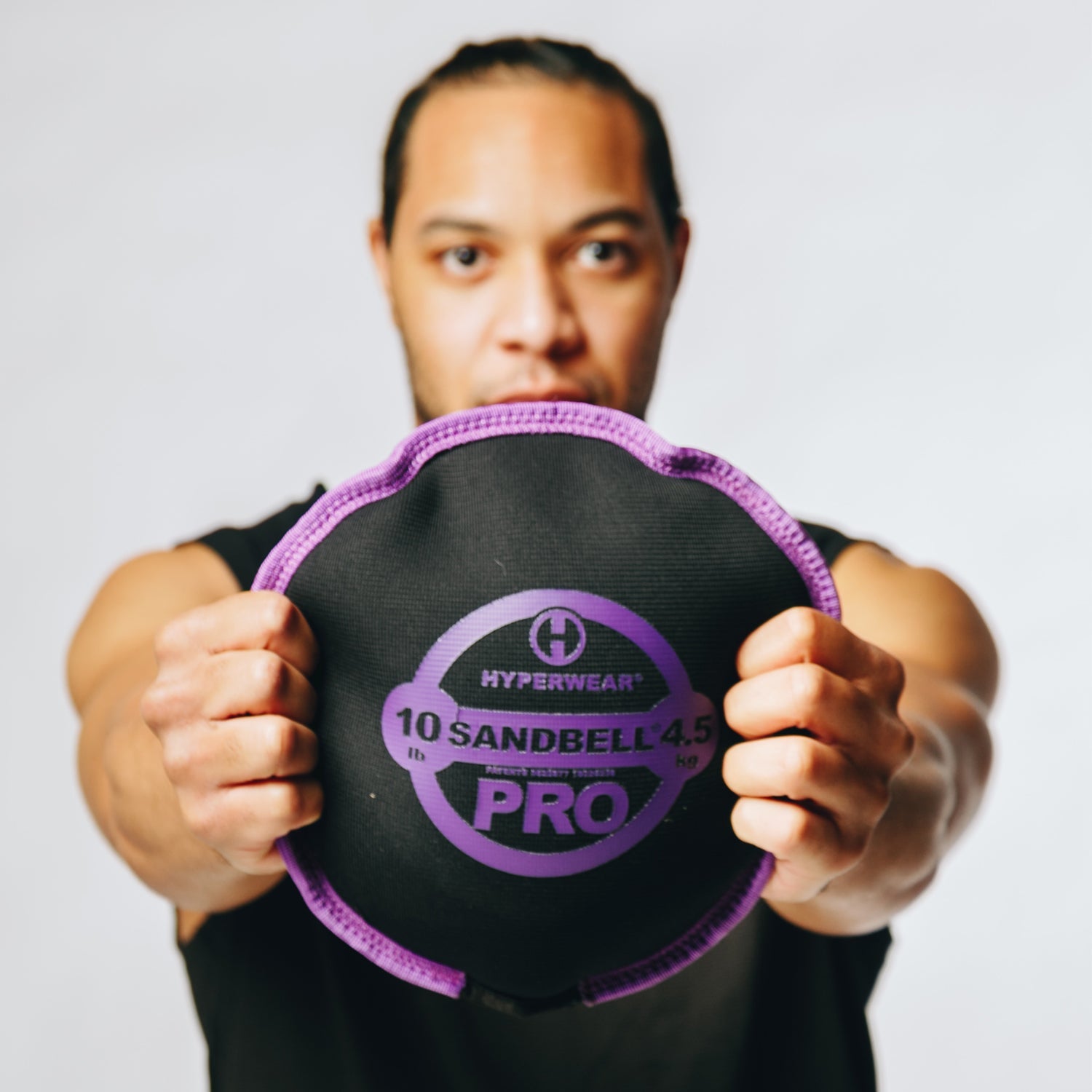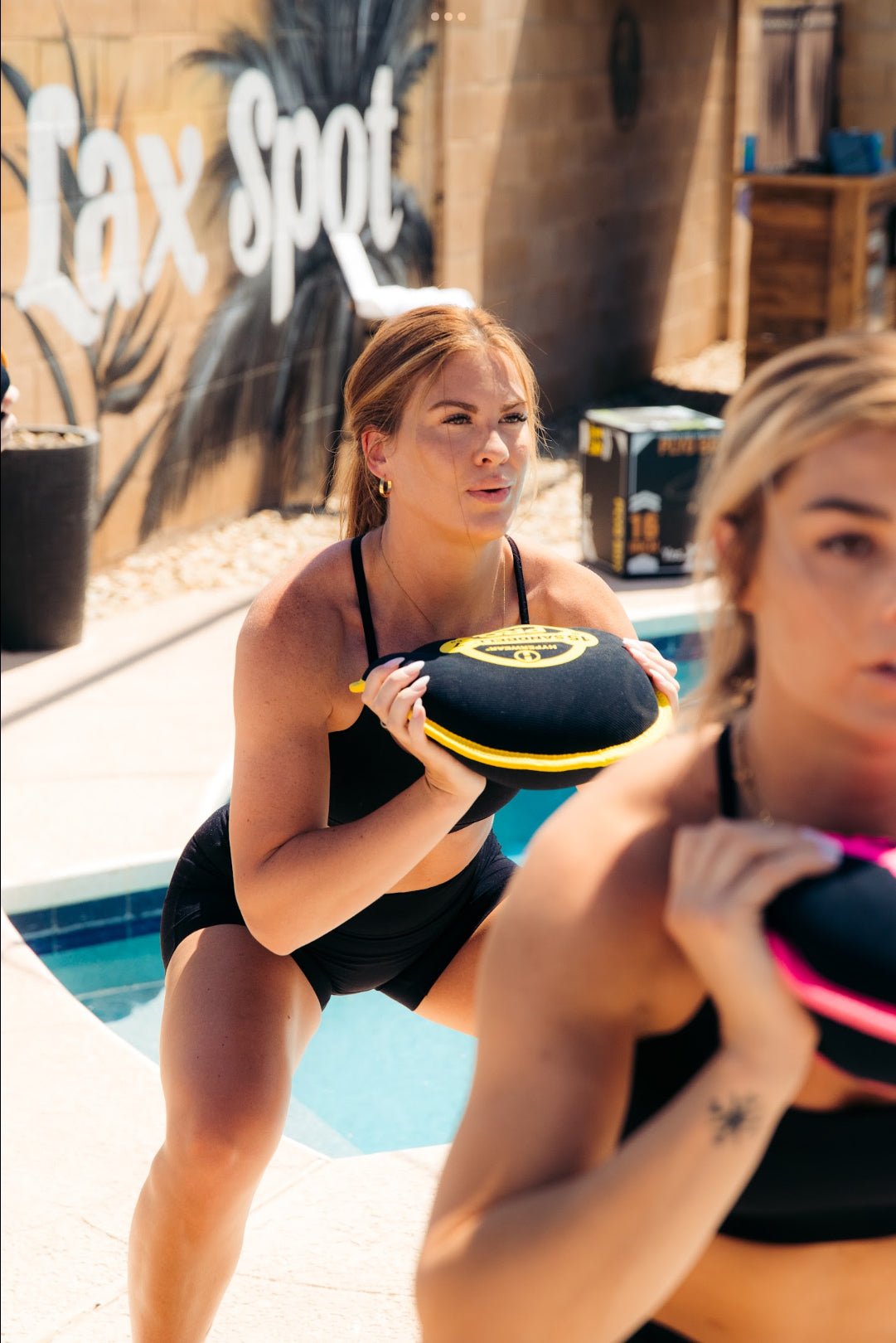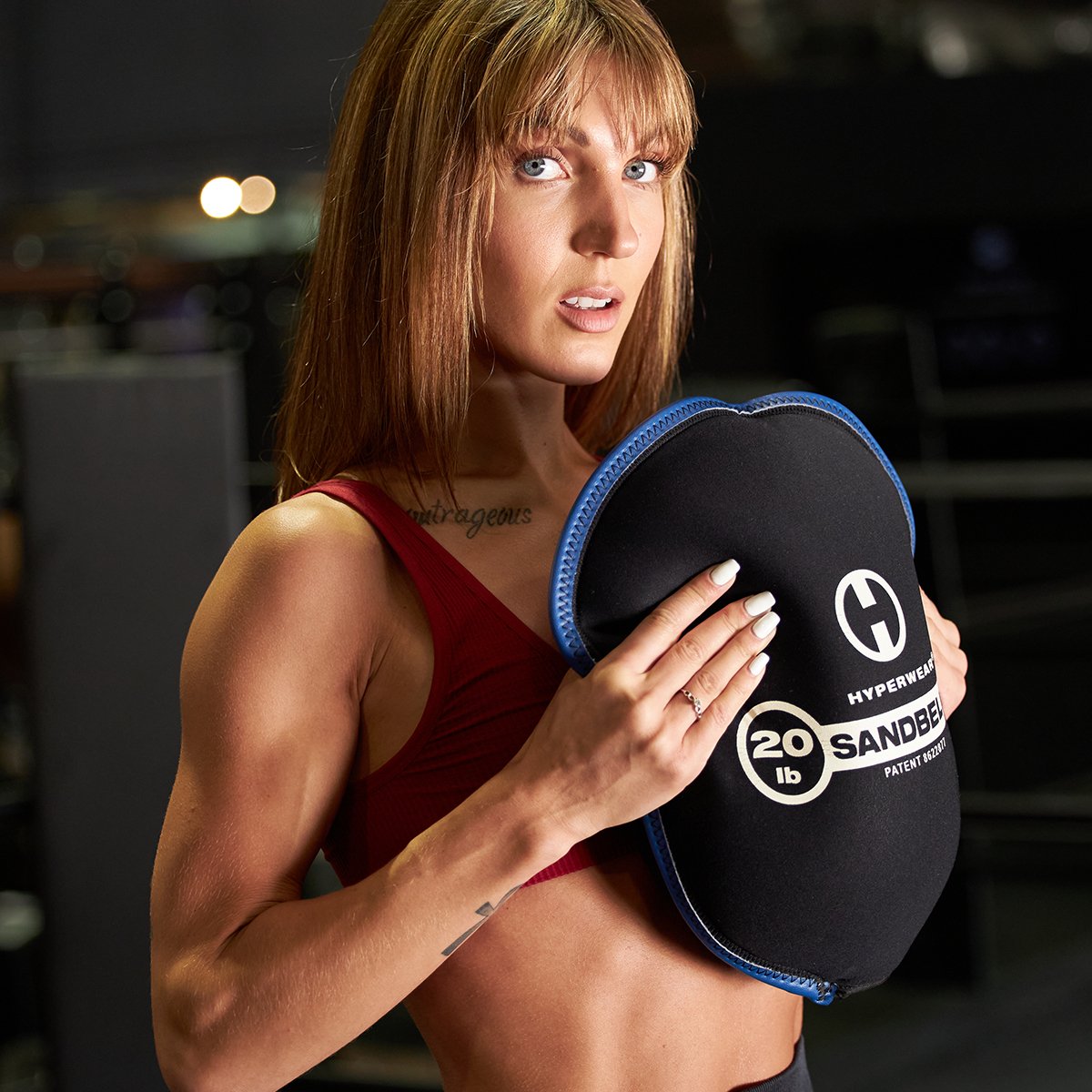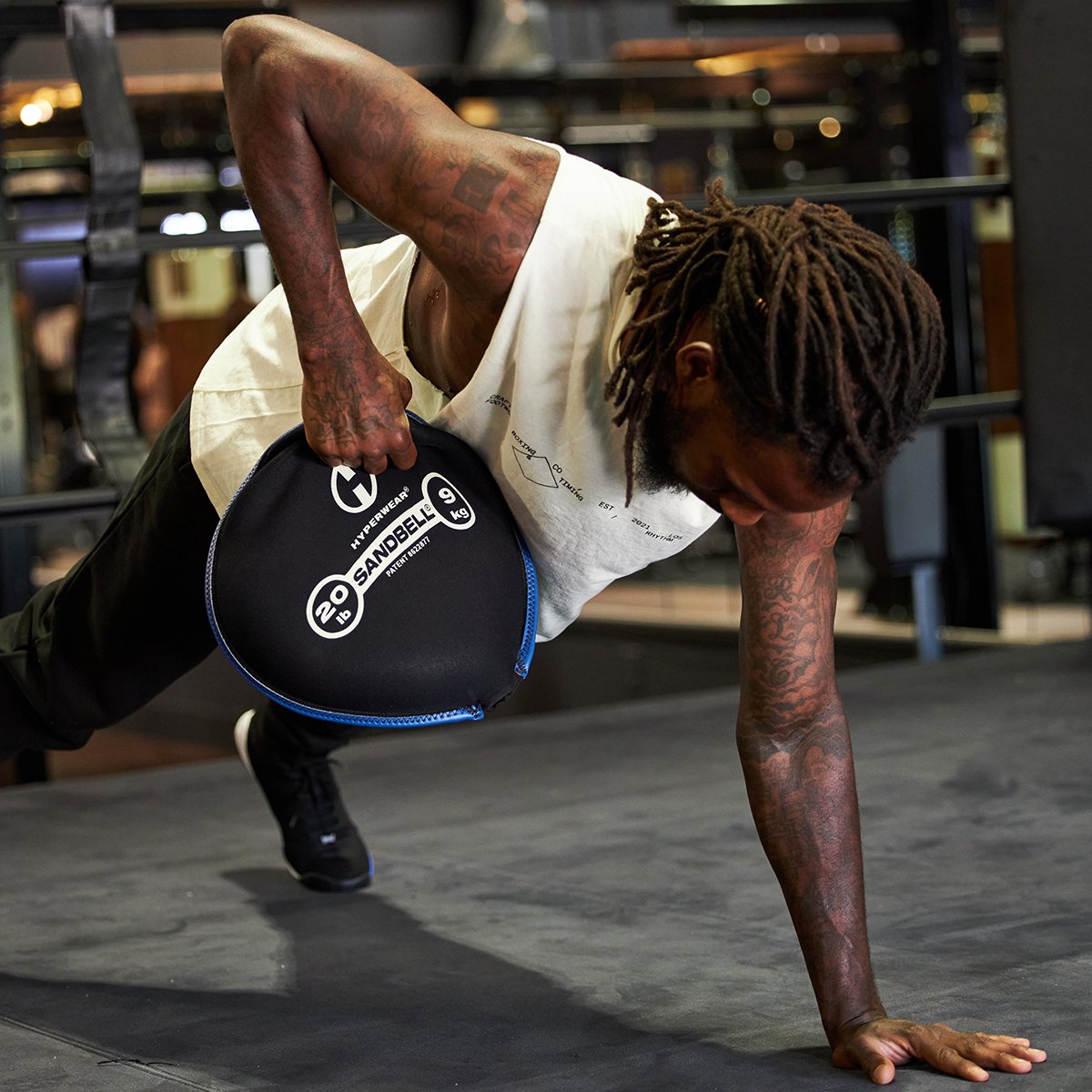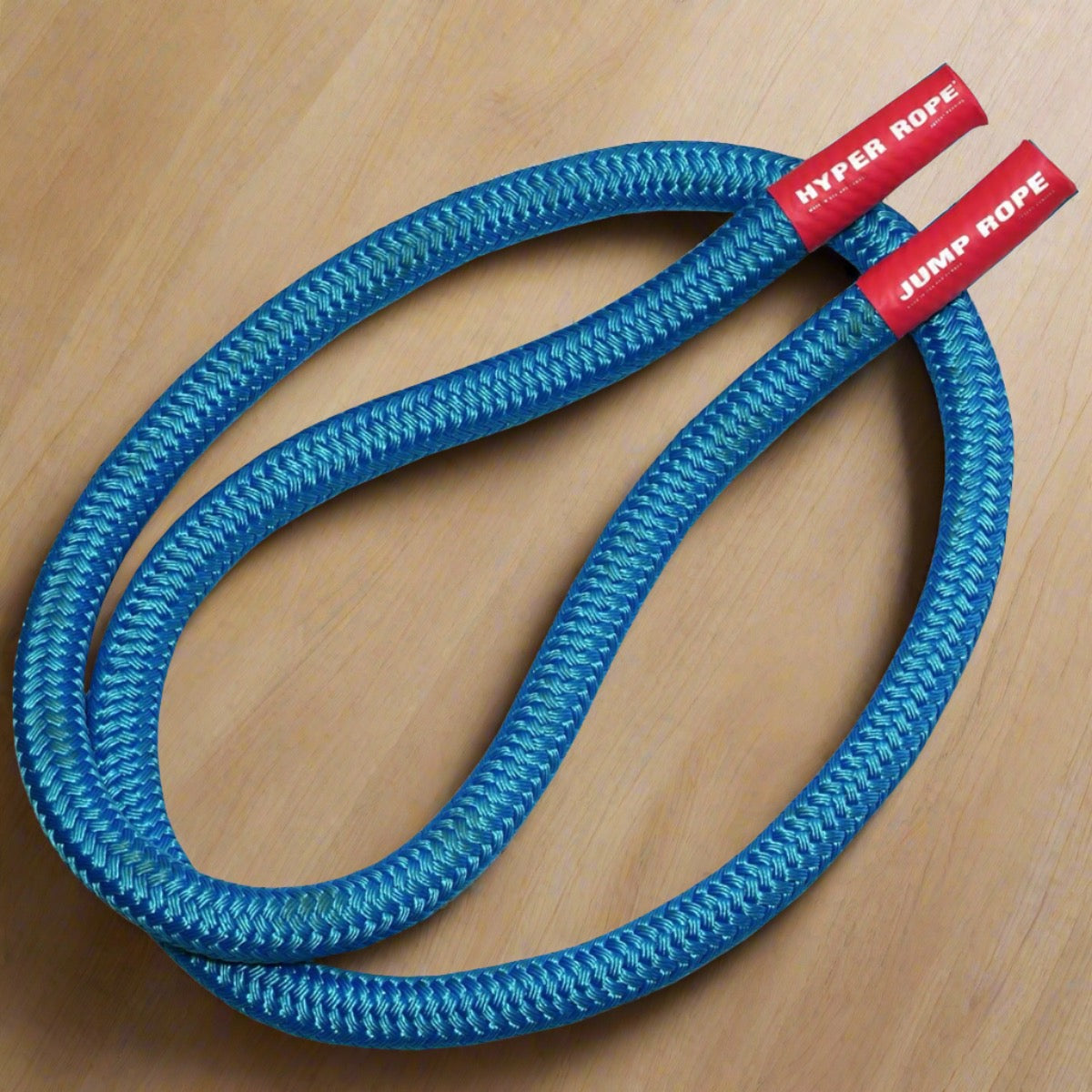What are Sumo Squats?
Are you looking to add a little extra spice to your workout routine? Tired of the same old squat pattern? Look no farther than the sumo squat. The kettlebell sumo squat is a movement variation that emphasizes a much wider stance than the traditional squat.
This makes it a great exercise for those with longer legs, as it allows for more room to squat. The kettlebell sumo squat is also excellent for anyone looking to work different leg muscles. Simply by adjusting your foot position, you activate different muscles than you would normally.
What are Sumo Squats Good For?
The kettlebell sumo squat is great for training the glutes, hamstrings and hip flexors. Although you get these benefits from any squat pattern, you also get the added benefits of training the inner thigh. The inner thigh muscles are often neglected, as they are very hard to train. Very few movements target the inner thigh the way a sumo squat can.
For those interested in increasing their athletic performance, the kettlebell sumo squat is also great for you. In order to control your space, you have to get used to holding different positions. Whether they be squats or lunges, a simple foot tweak makes a big difference. For example, when playing basketball, a wide base will allow you to box out much bigger opponents.
Benefits of Doing Sumo Squats with Kettlebells
In addition to simply performing a body weight sumo squat, you can level up your workout by adding a kettlebell. I recommend using the Hyperwear SoftBell Kettlebell, as it is adjustable and safe for indoor use. Its soft plates make it great for anyone from kids to grandparents. Not to mention, the kettlebell is:
- Easier and safer than barbell sumo deadlifts
- Strengthen hamstrings muscles, hips, glutes, and grip
- Can perform squats for high reps
- Build flexibility while strength training
Since a kettlebell sumo squat is much safer than using a barbell, it is better for the majority of the population. Not to mention, anyone living in an apartment can use a kettlebell as it takes up minimal space.
Sumo Squat Form Tips
One of the most common mistakes people make when looking at sumo squat form is letting their chest cave in. Just because we are focusing on a wider stance doesn’t mean you can neglect your spine. Try to keep the torso upright when squatting.
How to Do a Kettlebell Sumo Squat
For those looking to perform a kettlebell squat with perfect form, get excited. In just a few small steps, you can modify your traditional squat to a sumo squat, placing extra emphasis on the inner thigh.
- Start with your feet nice and wide. Ideally you want to have your feet slightly facing out as well. Your kettlebell should be held either in a goblet fashion, or simply by the handle.
- Controlling your breathing, squat down focusing on lowering your body in a controlled manner. Try to squat parallel, or as low as you can comfortably perform a squat.
- Return to your initial starting position by pushing your feet through the ground. Creating force in this manner will create a chain reaction throughout the entire body, giving you more bang for your buck.
Time to Level Up: Hyperwear’s Kettlebell Sumo Squat Workout
Today’s kettlebell workout will consist of lower body exercises, including the kettlebell sumo squat. The point of today’s workout is to challenge the lower body in unconventional ways, taking traditional movements and making them more difficult.
All you will need for today’s workout is your SoftBell or other kettlebell alternative. With such little equipment, there is no excuse to skip this workout!
Kettlebell Sumo Squat
Start in your traditional squat stance and bring your feet even wider. Toe out slightly, keeping the chest tall. Squat down and drive back up. Aim for 15 reps with a controlled tempo.
Kettlebell Figure 8s
Similar to a crossover in basketball, the kettlebell figure 8 involves passing the kettlebell through your legs. Stay in a low stance and continue crossing the kettlebell over for 1 minute. Your legs will thank you for this one.
Kettlebell Rear Foot Elevated Deadlift
The rear foot elevated deadlift is a great way to target weaknesses in your movement patterns. Begin with one foot pressed against the wall and the other knee in a bent position. Hinge over, controlling your kettlebell. Aim for 10 reps per side.
Kettlebell Squat Jumps
To fully tax your body, add some jump squats to your routine. The pattern is simple, just squat down and then jump. If you want to add more of a challenge, stay in the squat throughout the entire movement. Give this a go for one minute!
